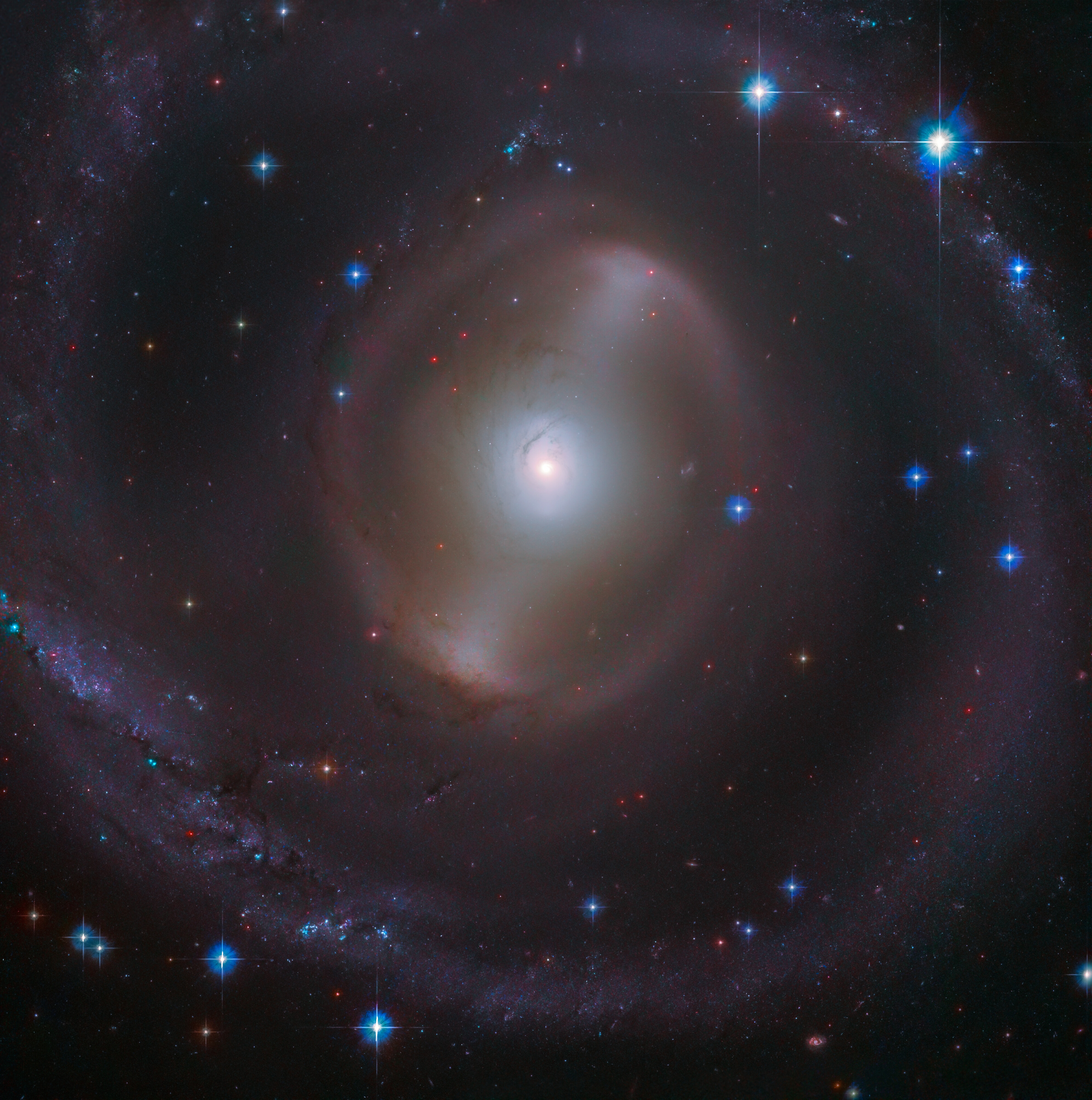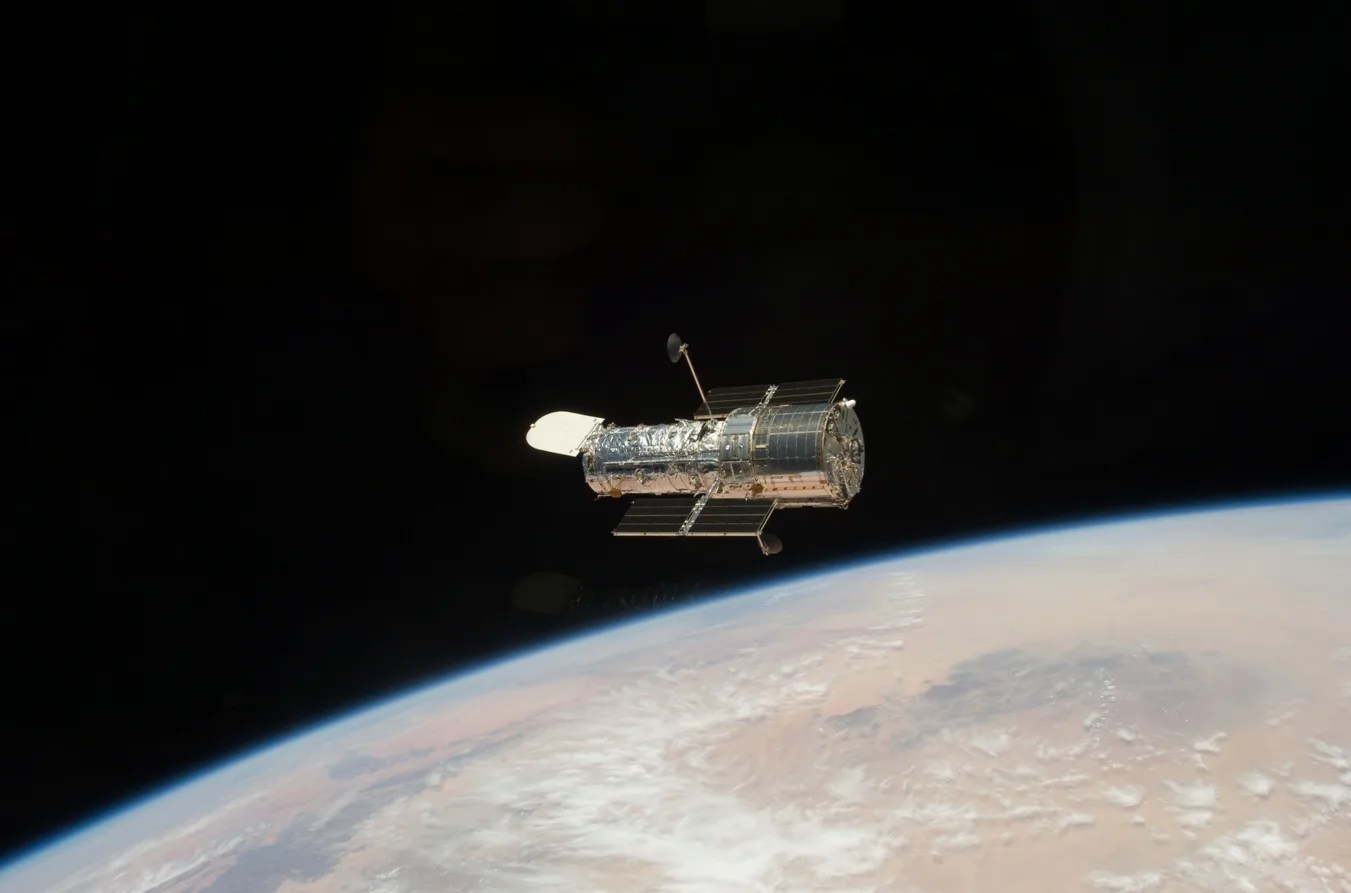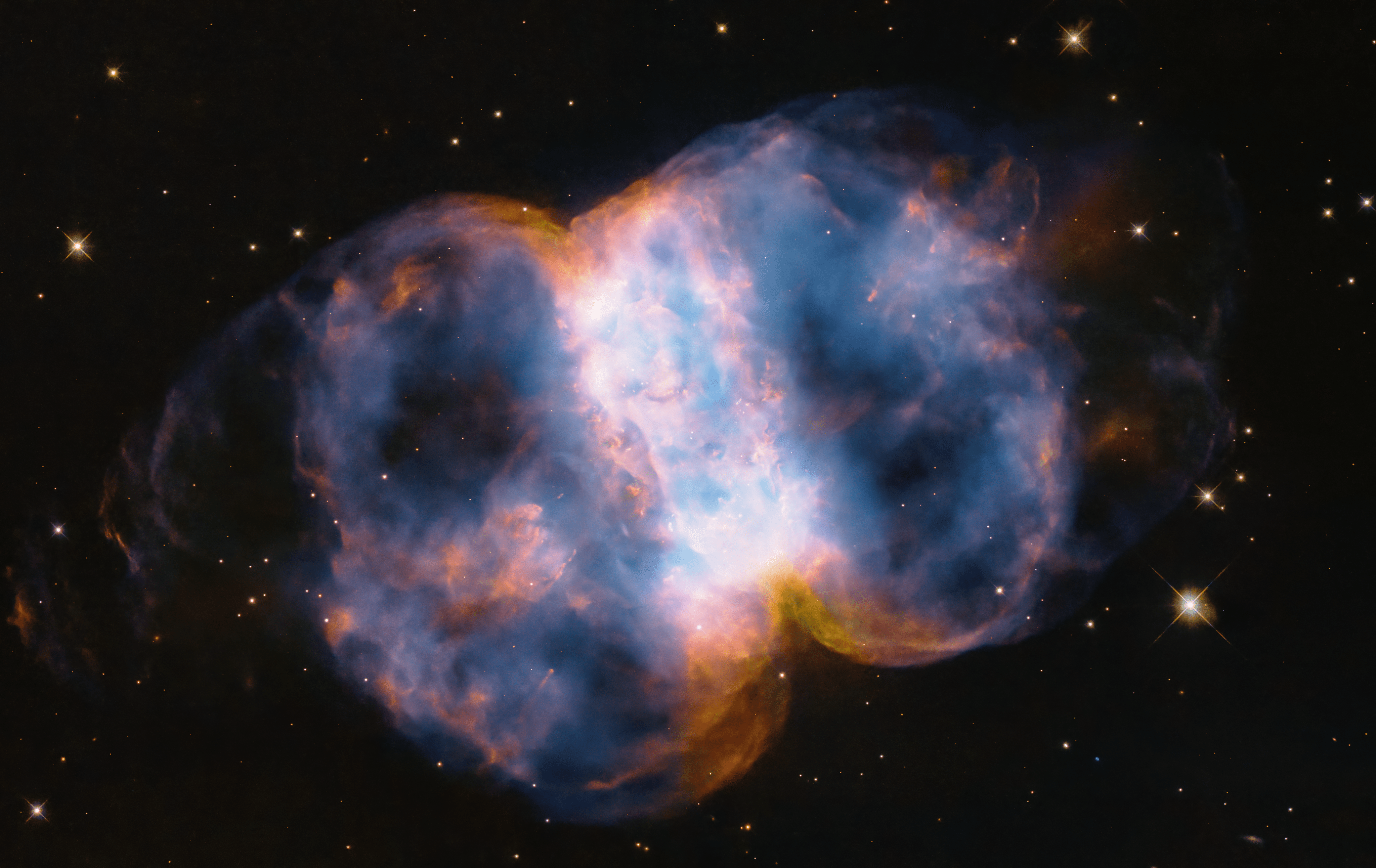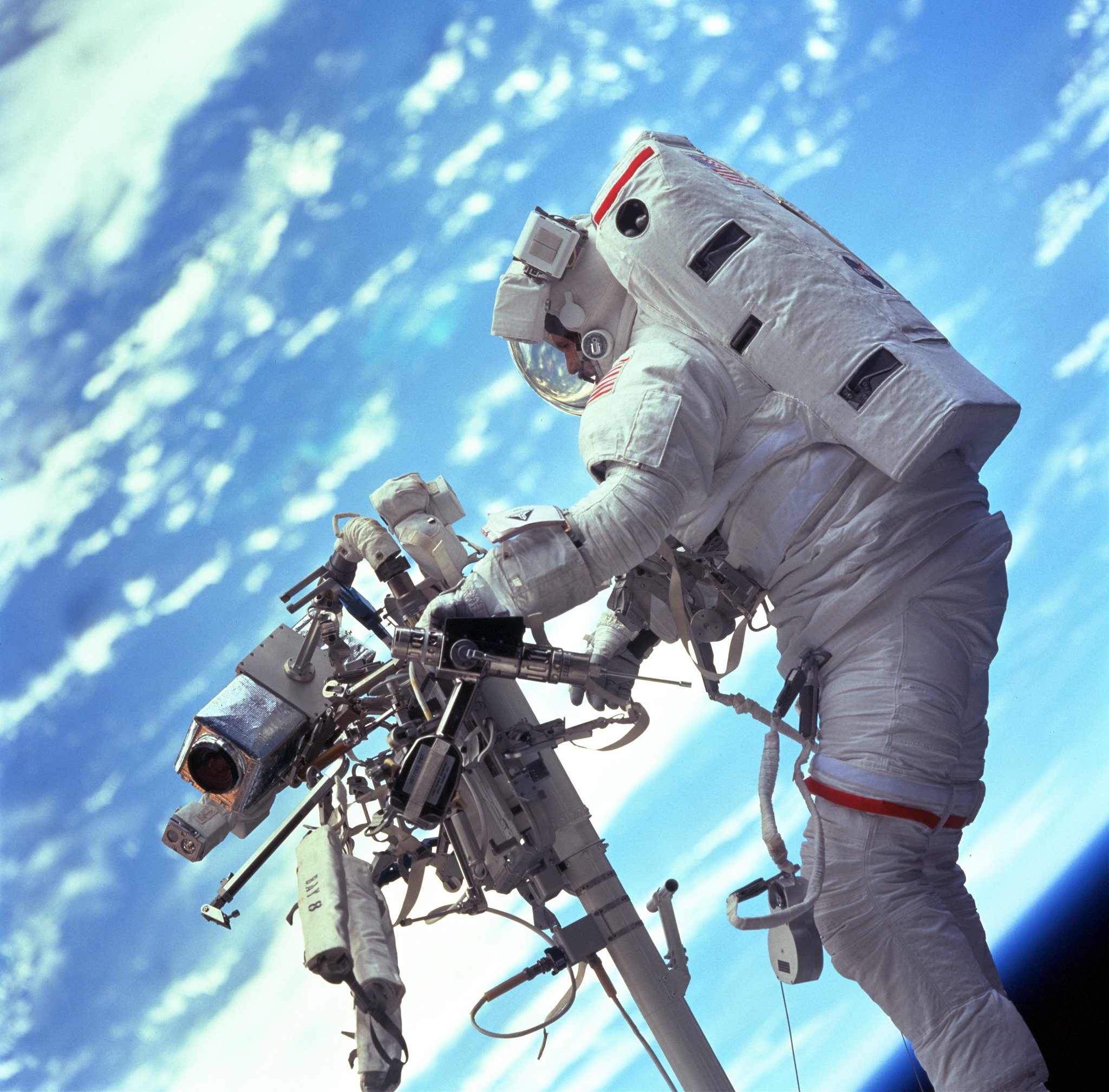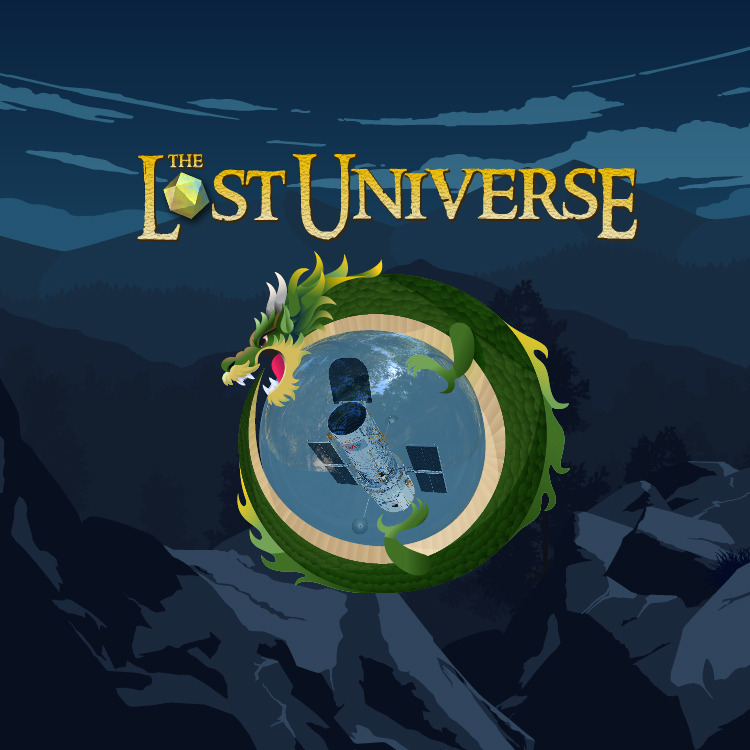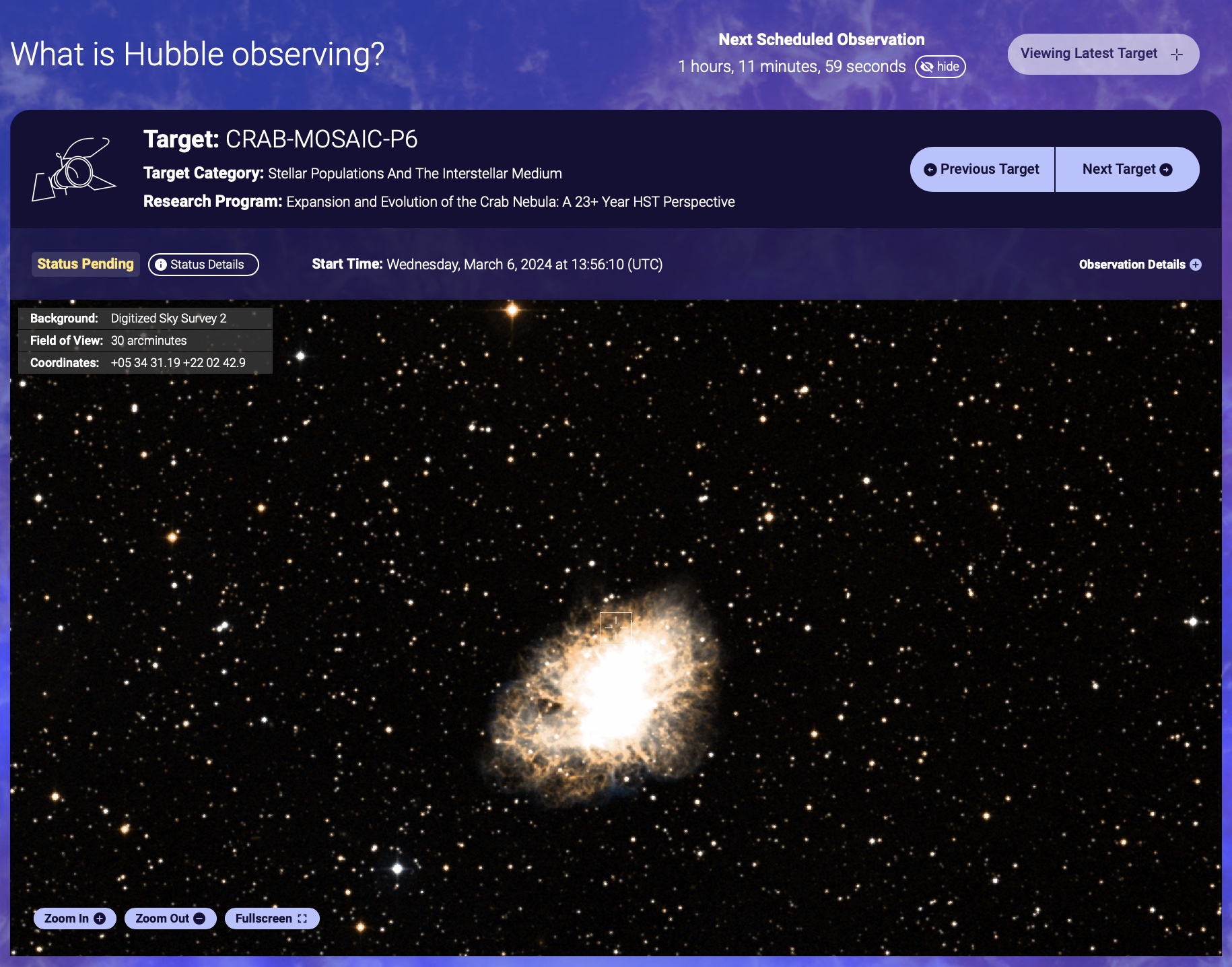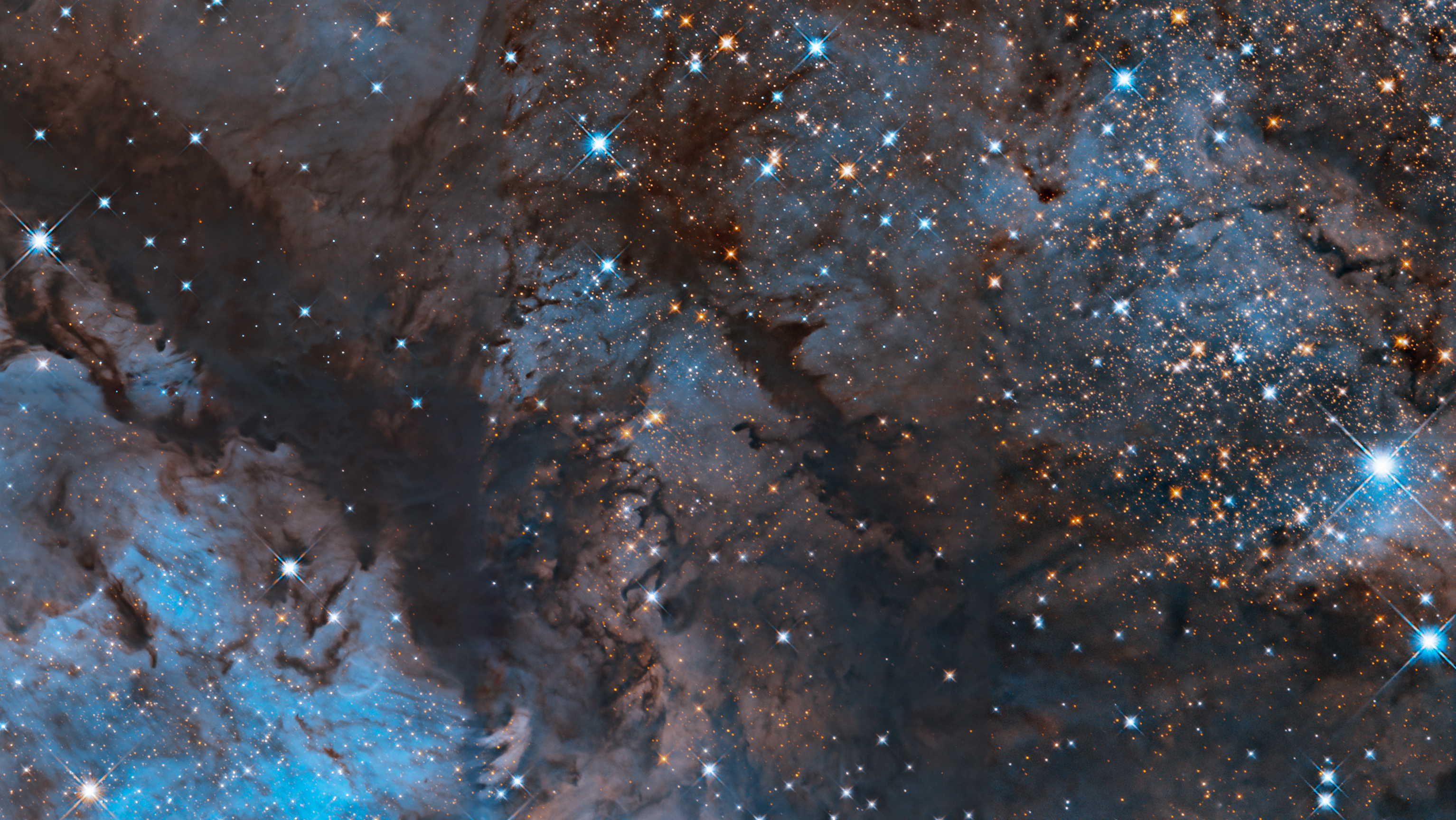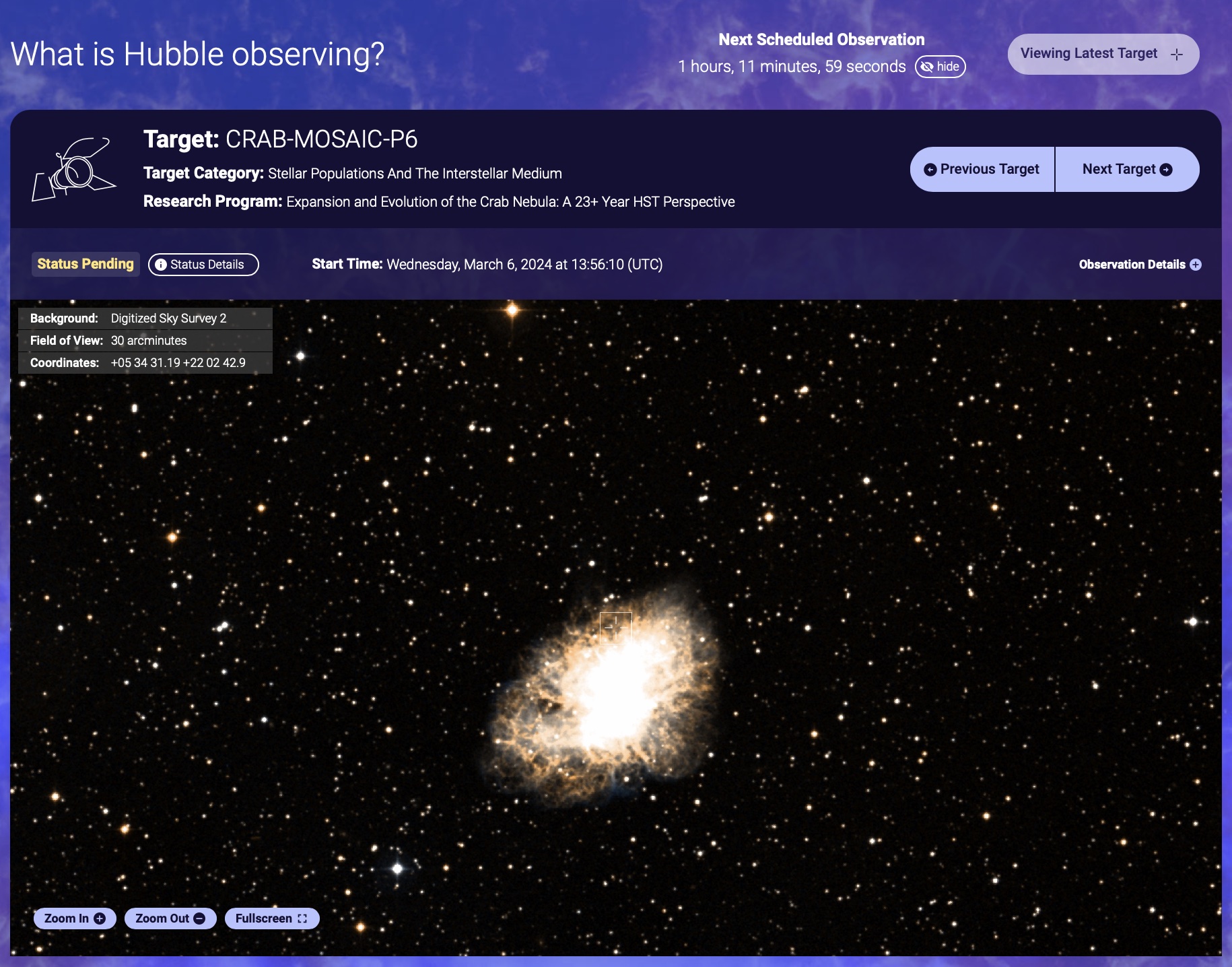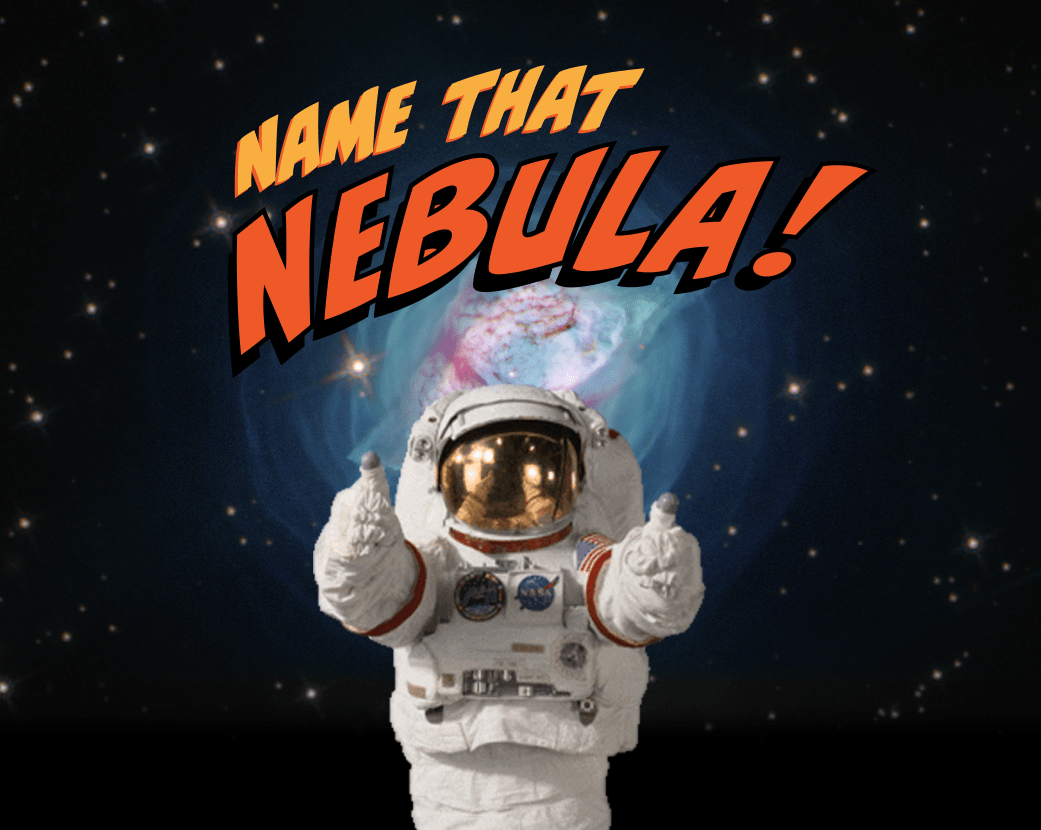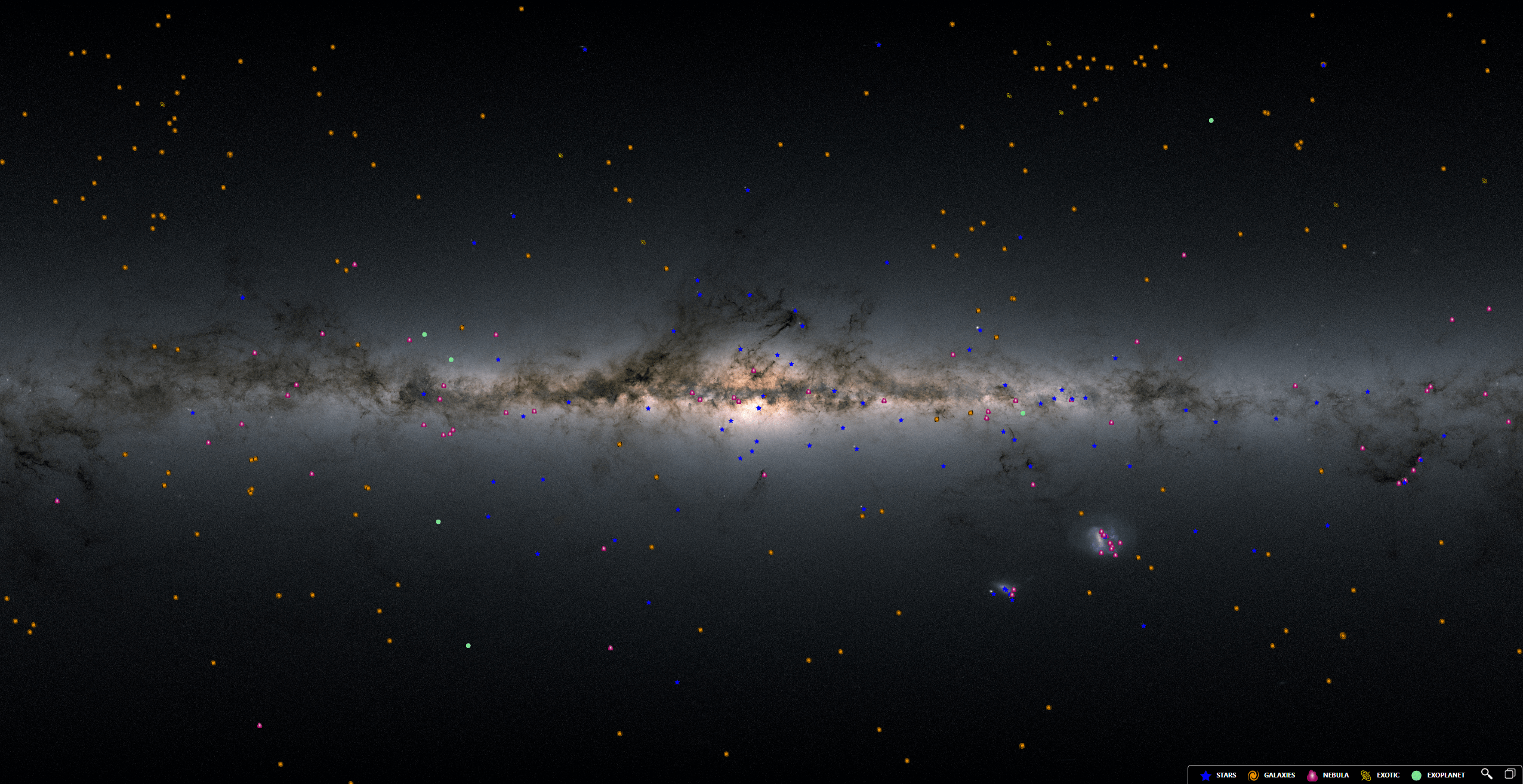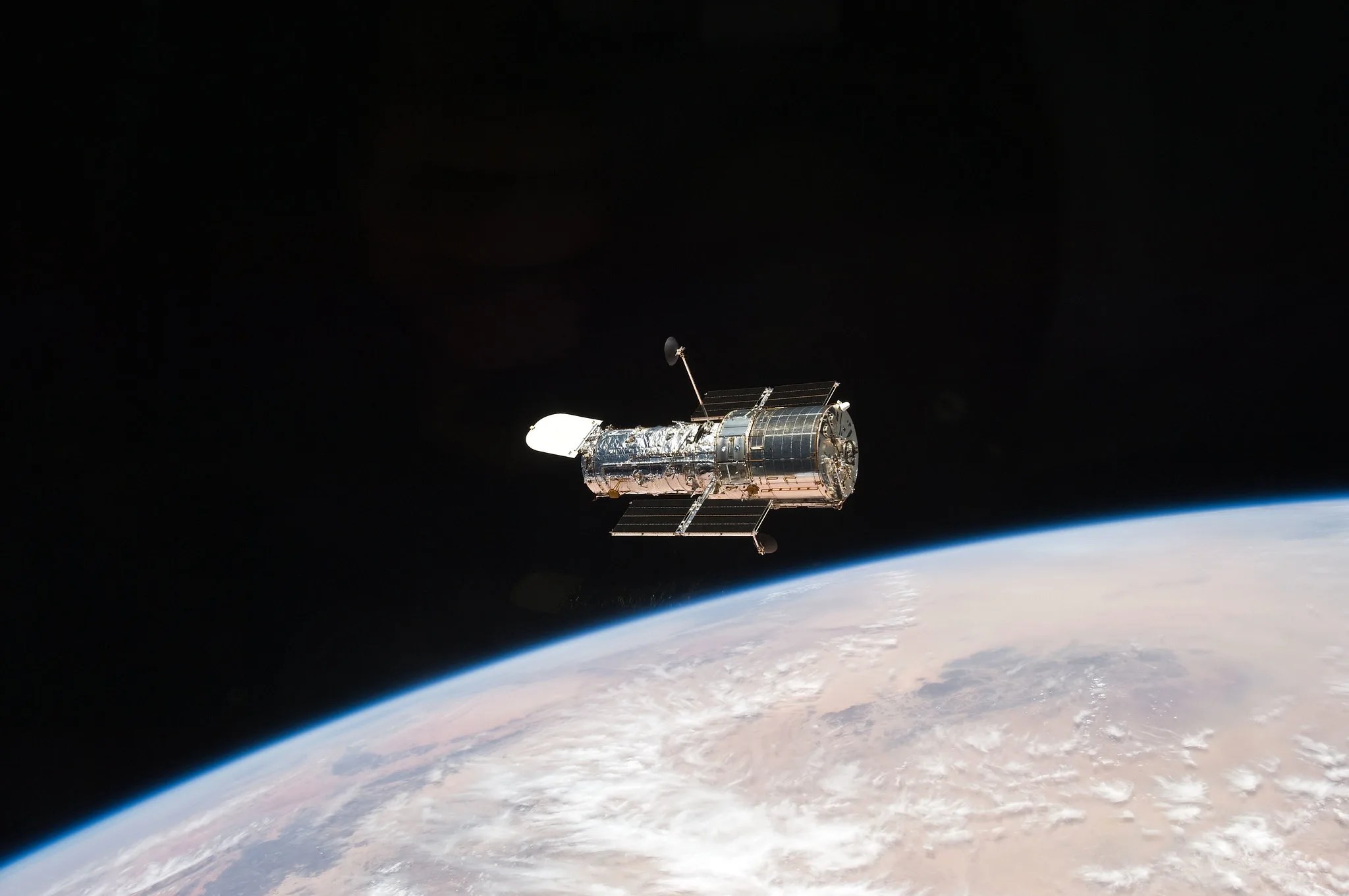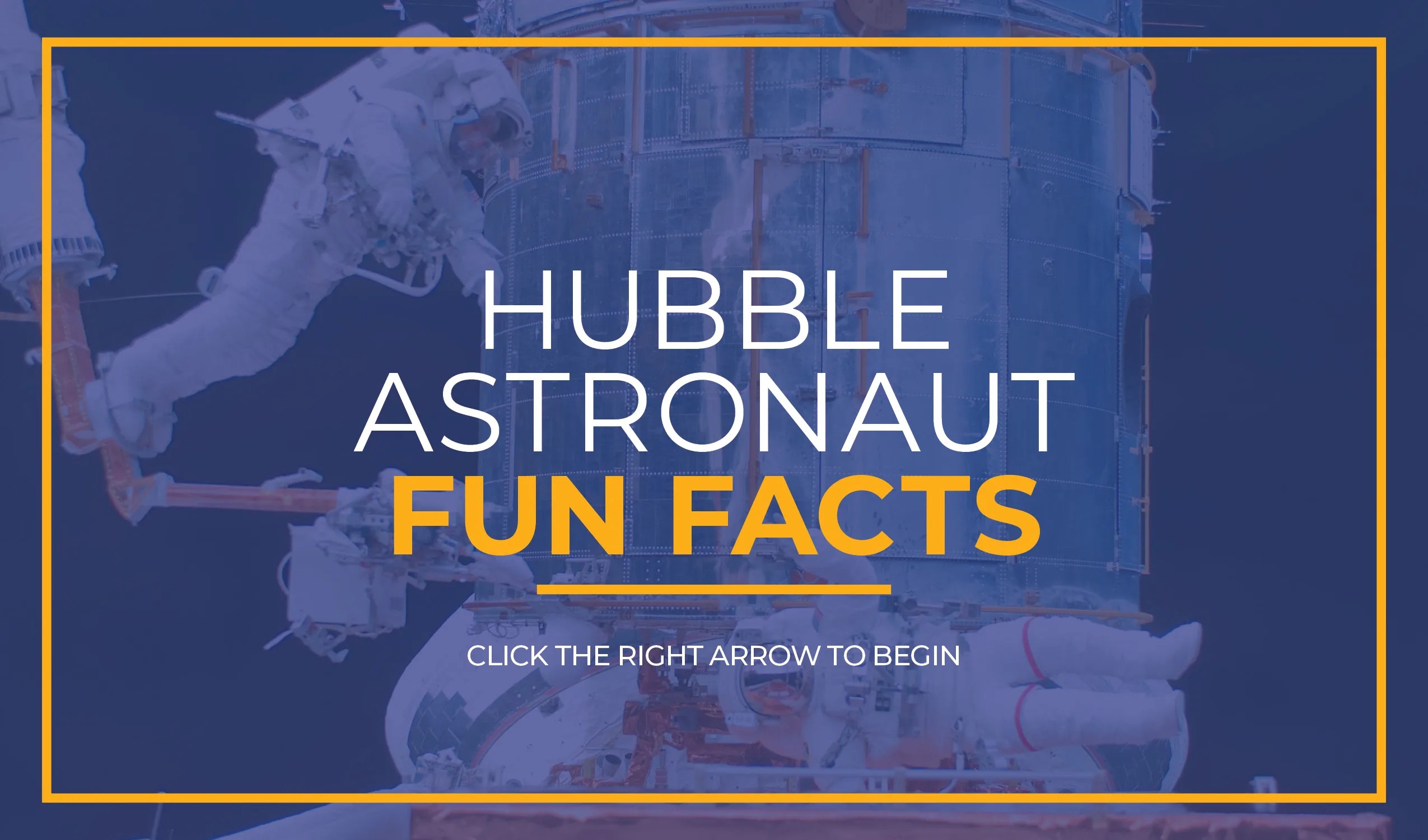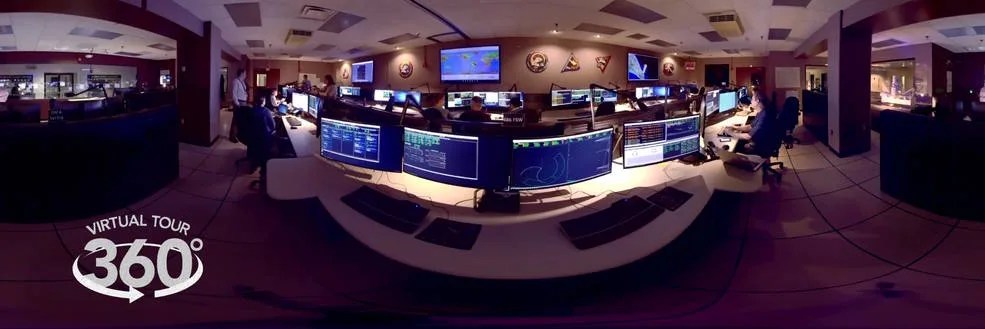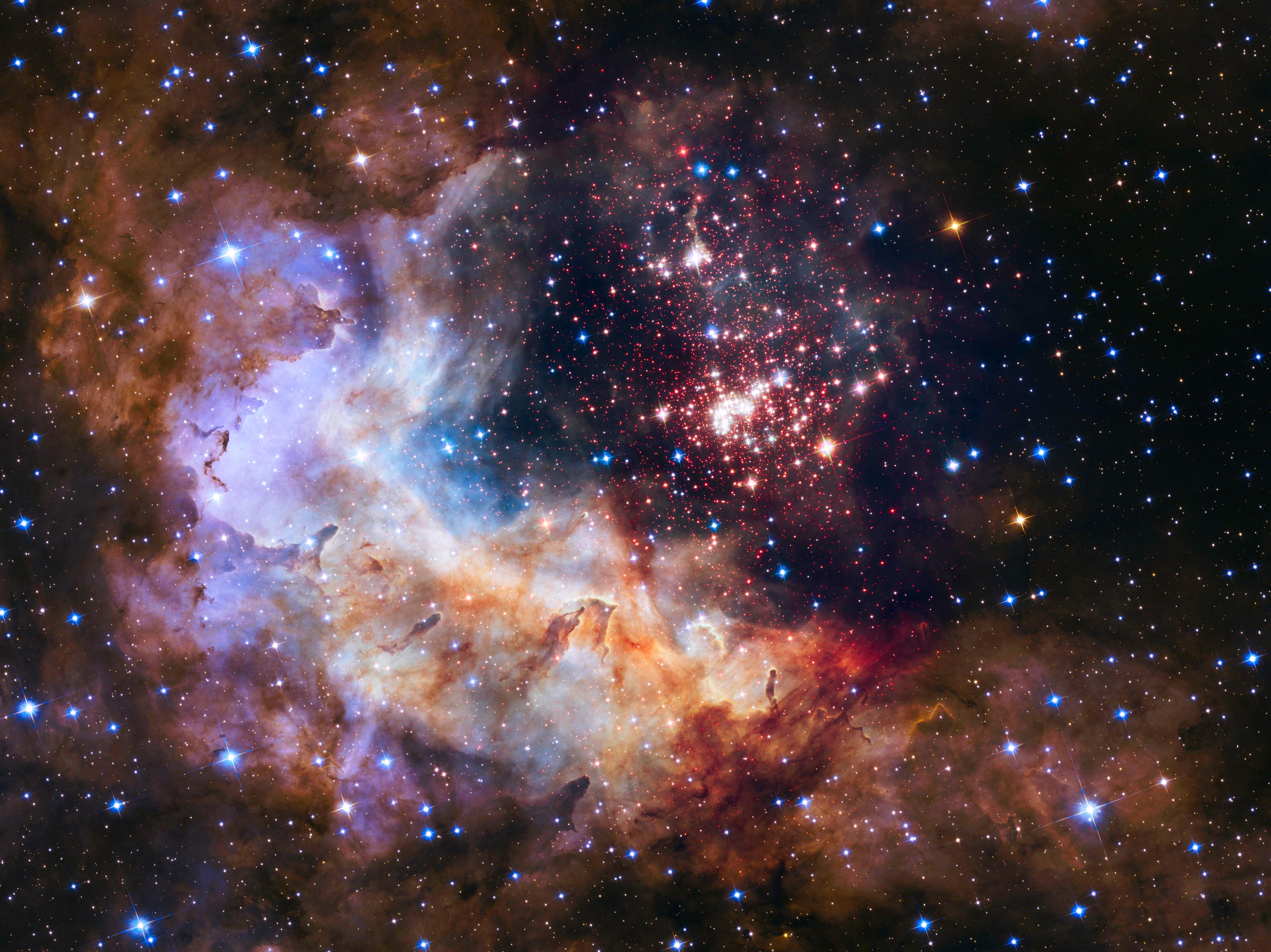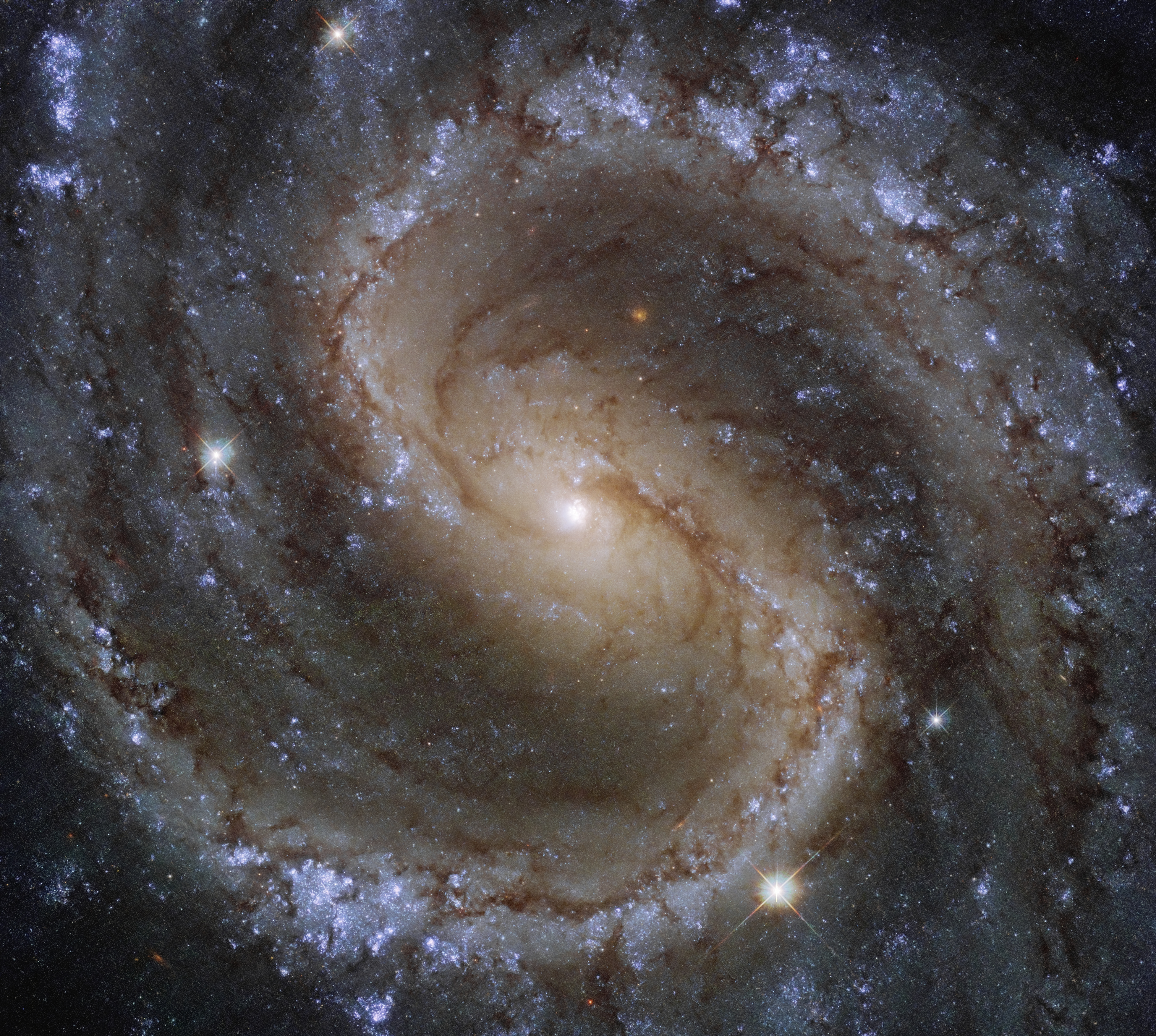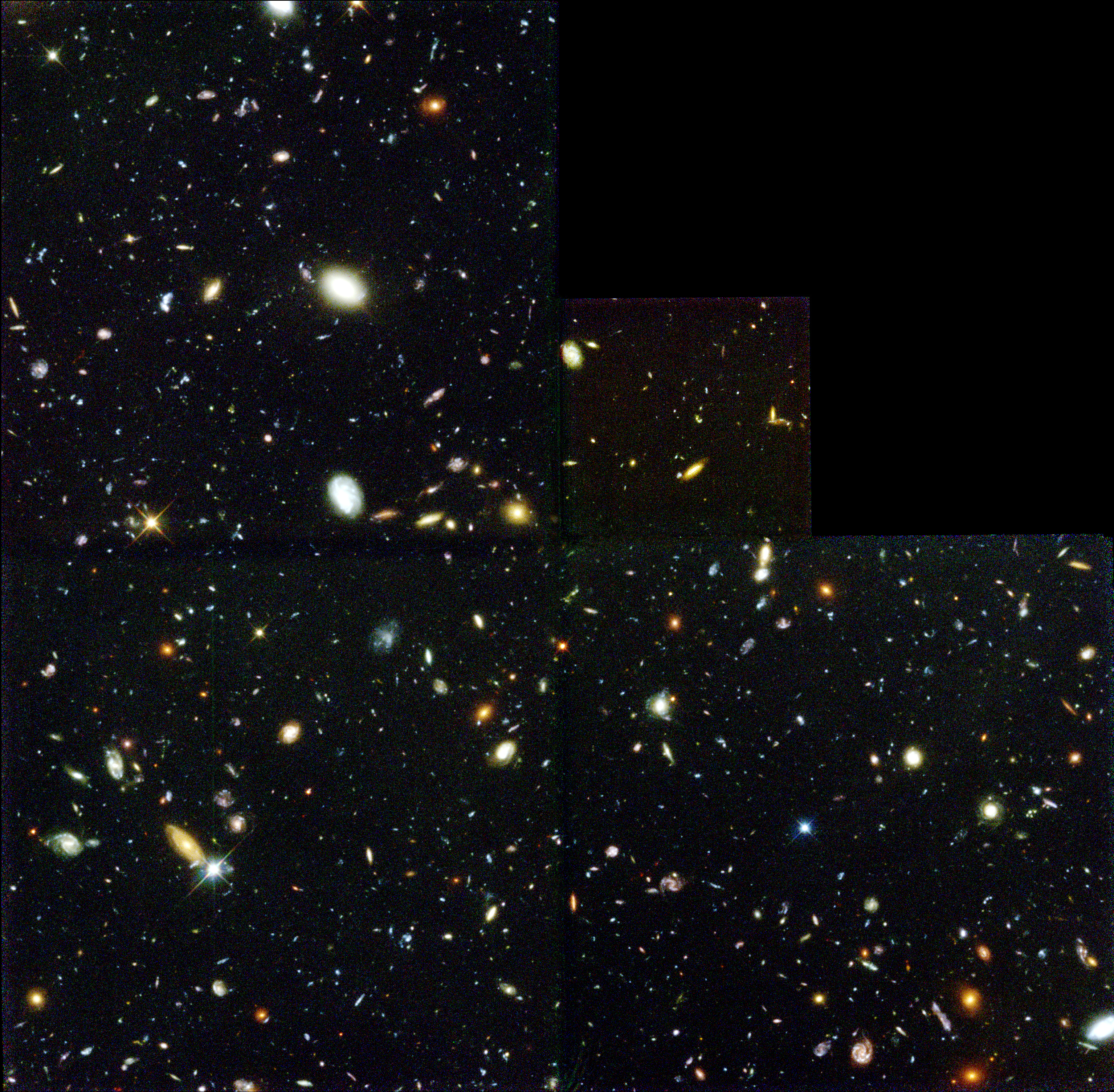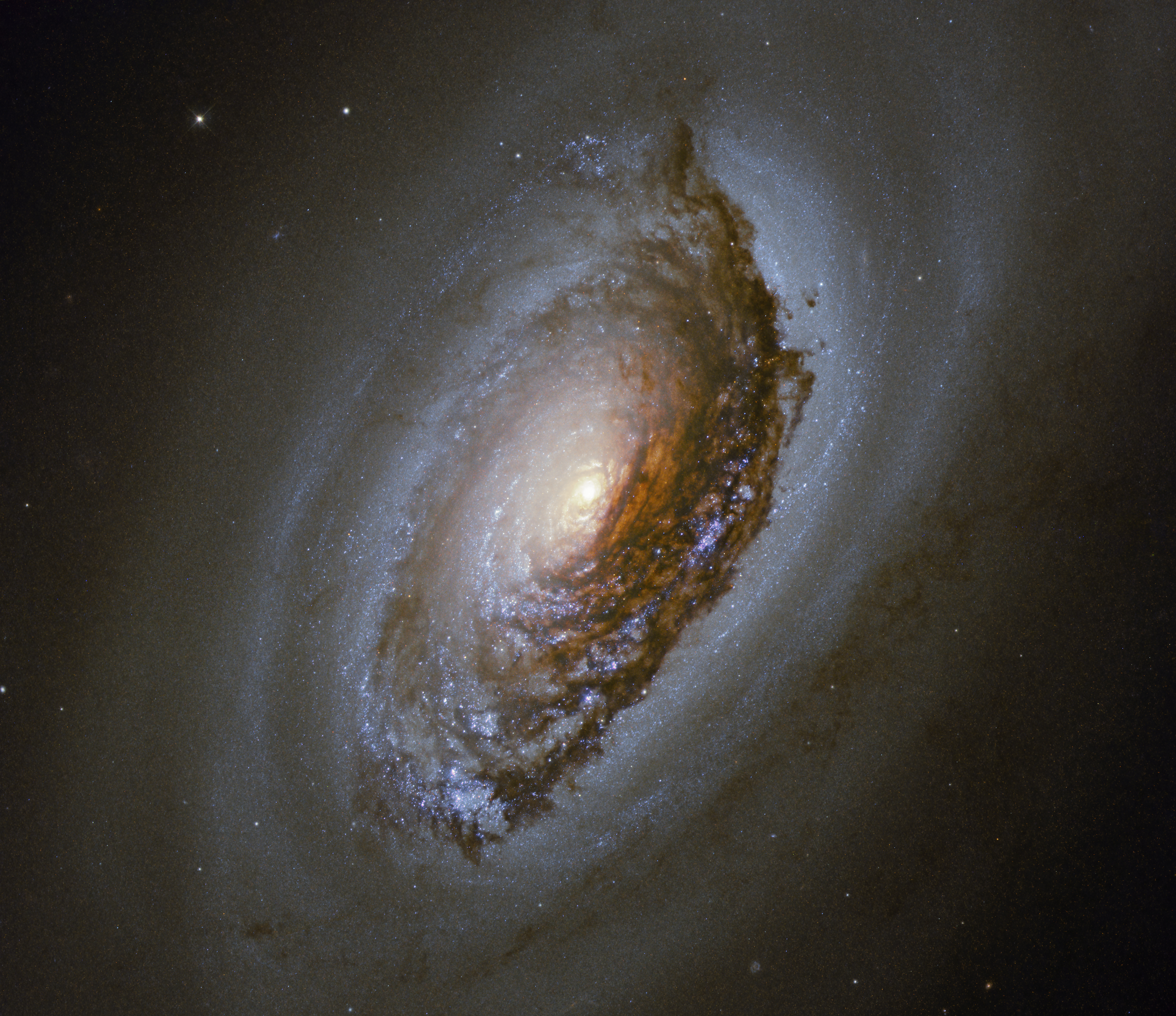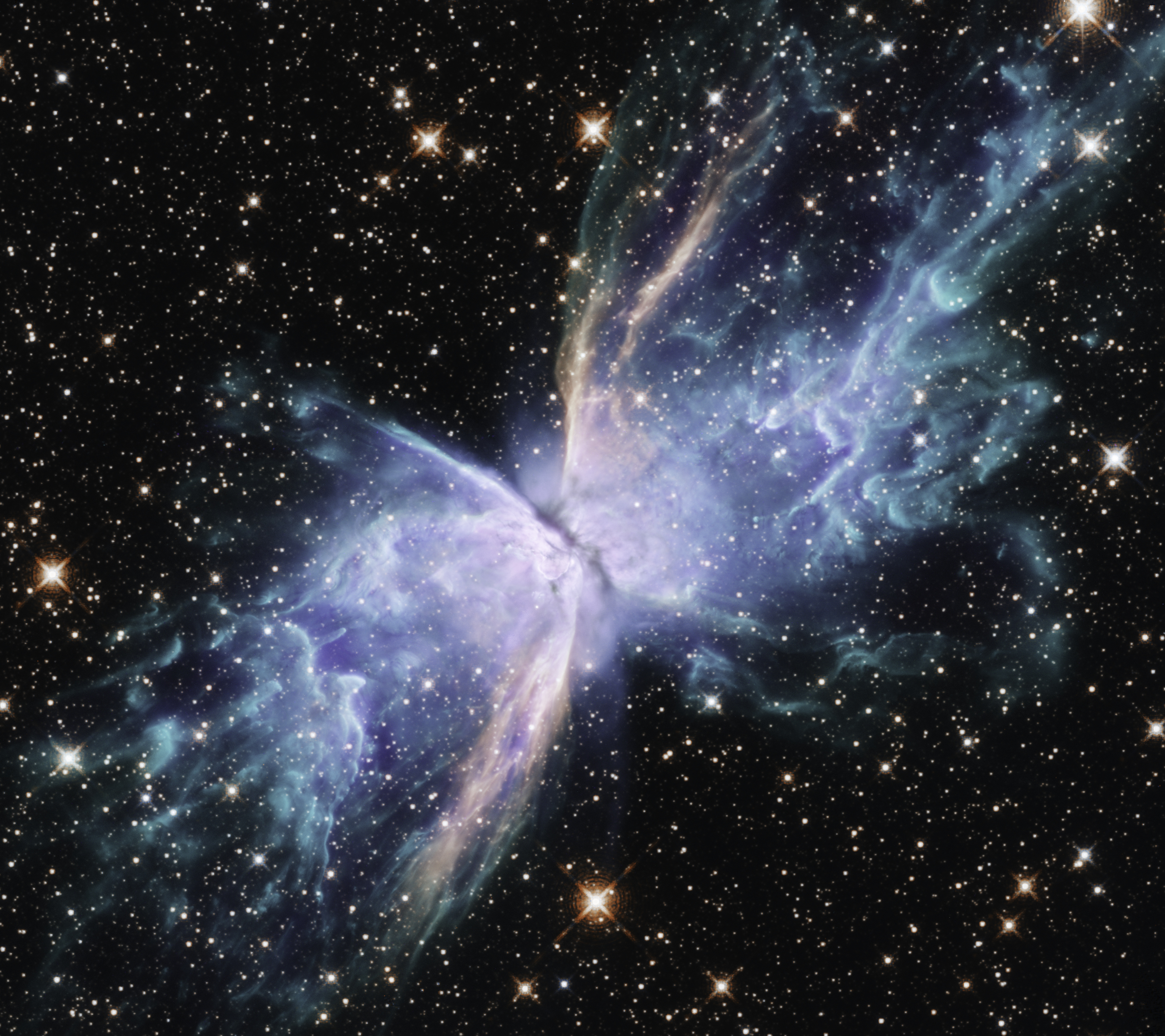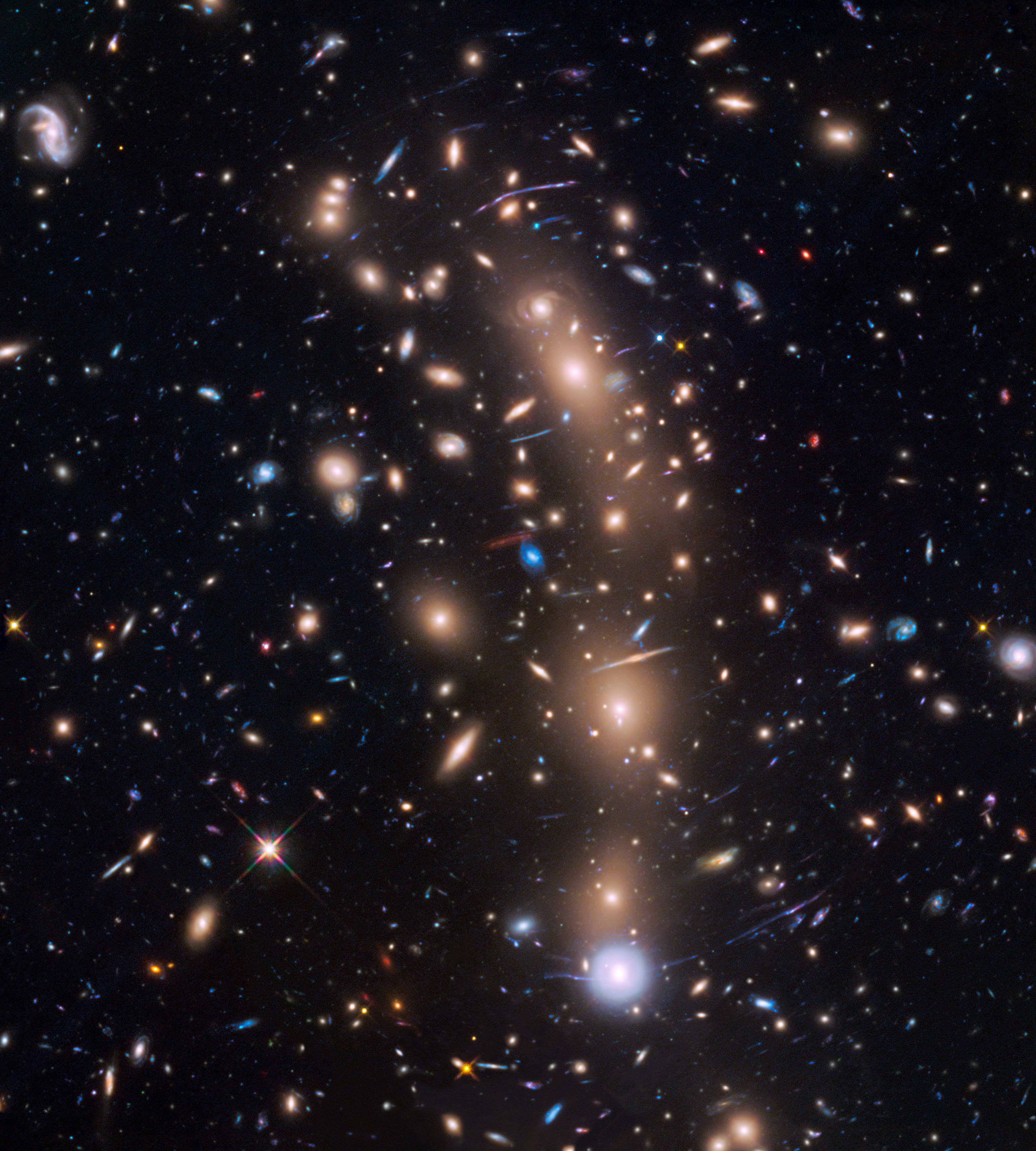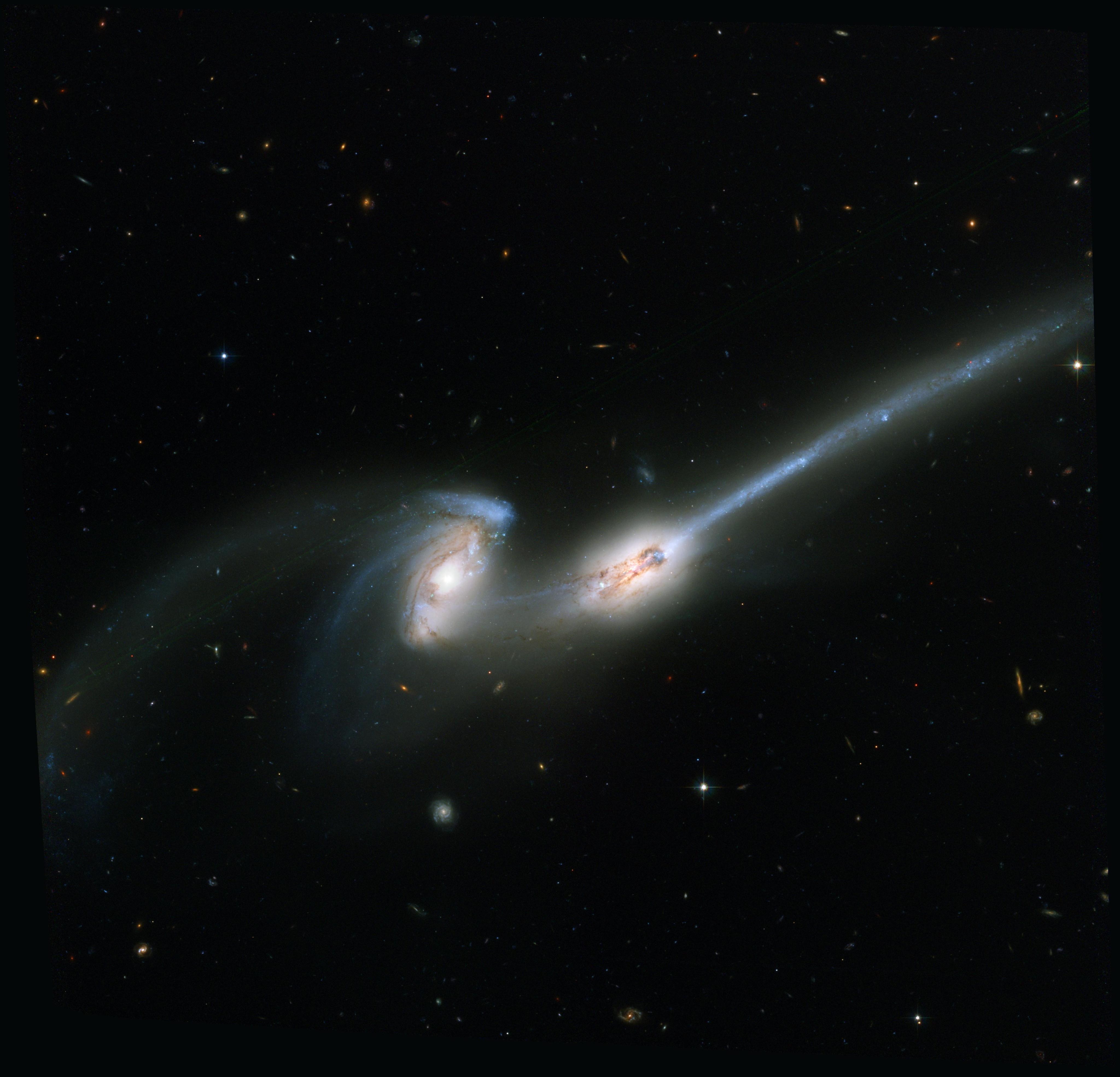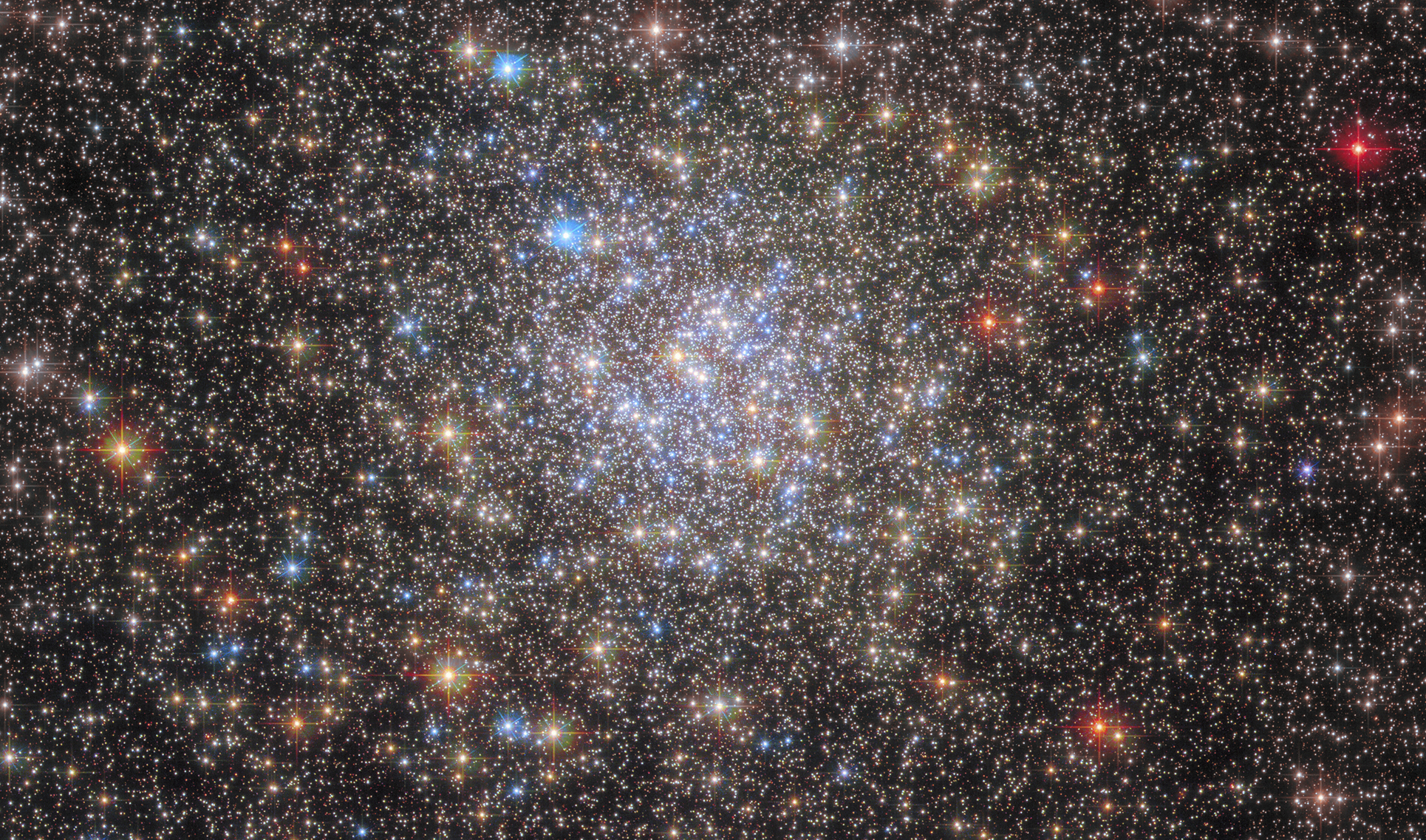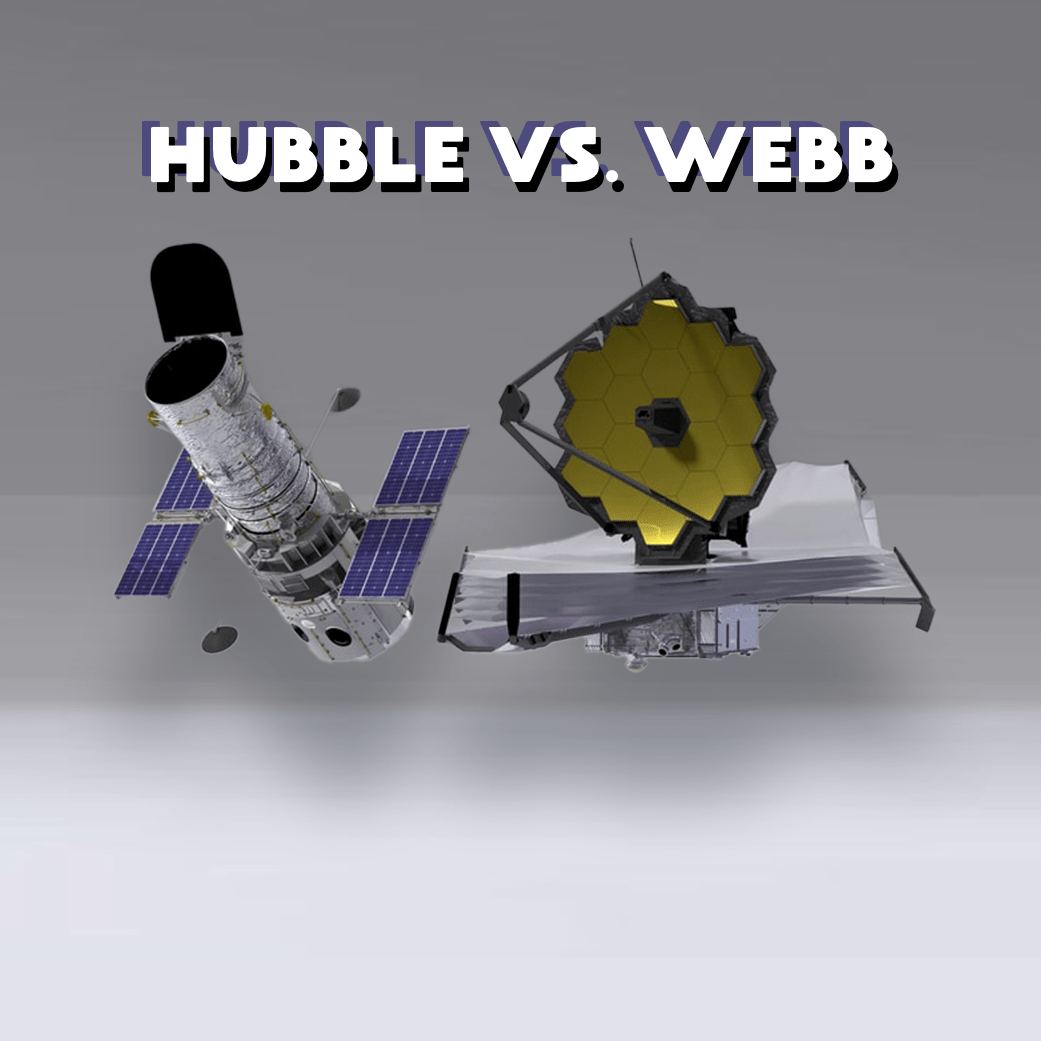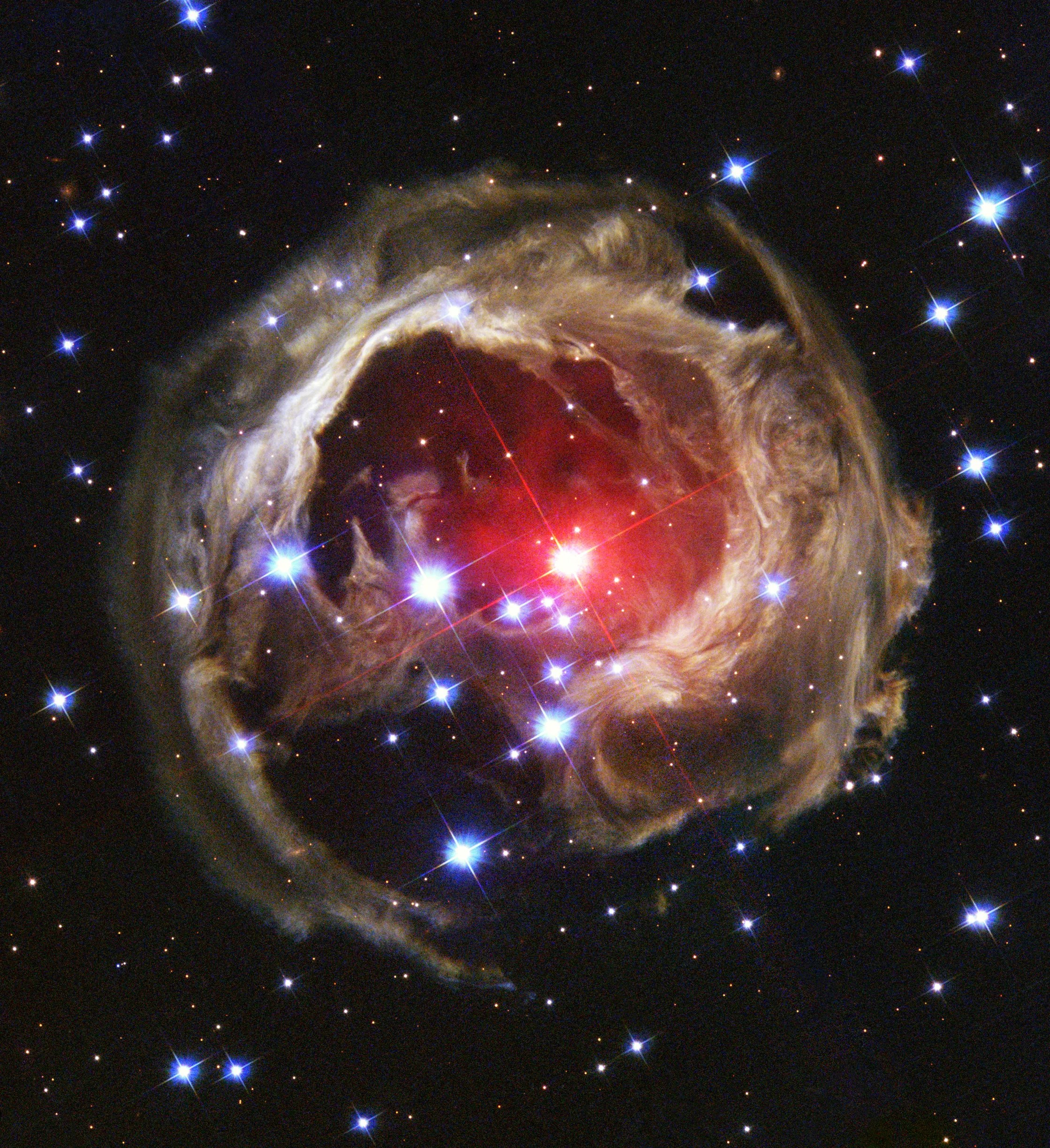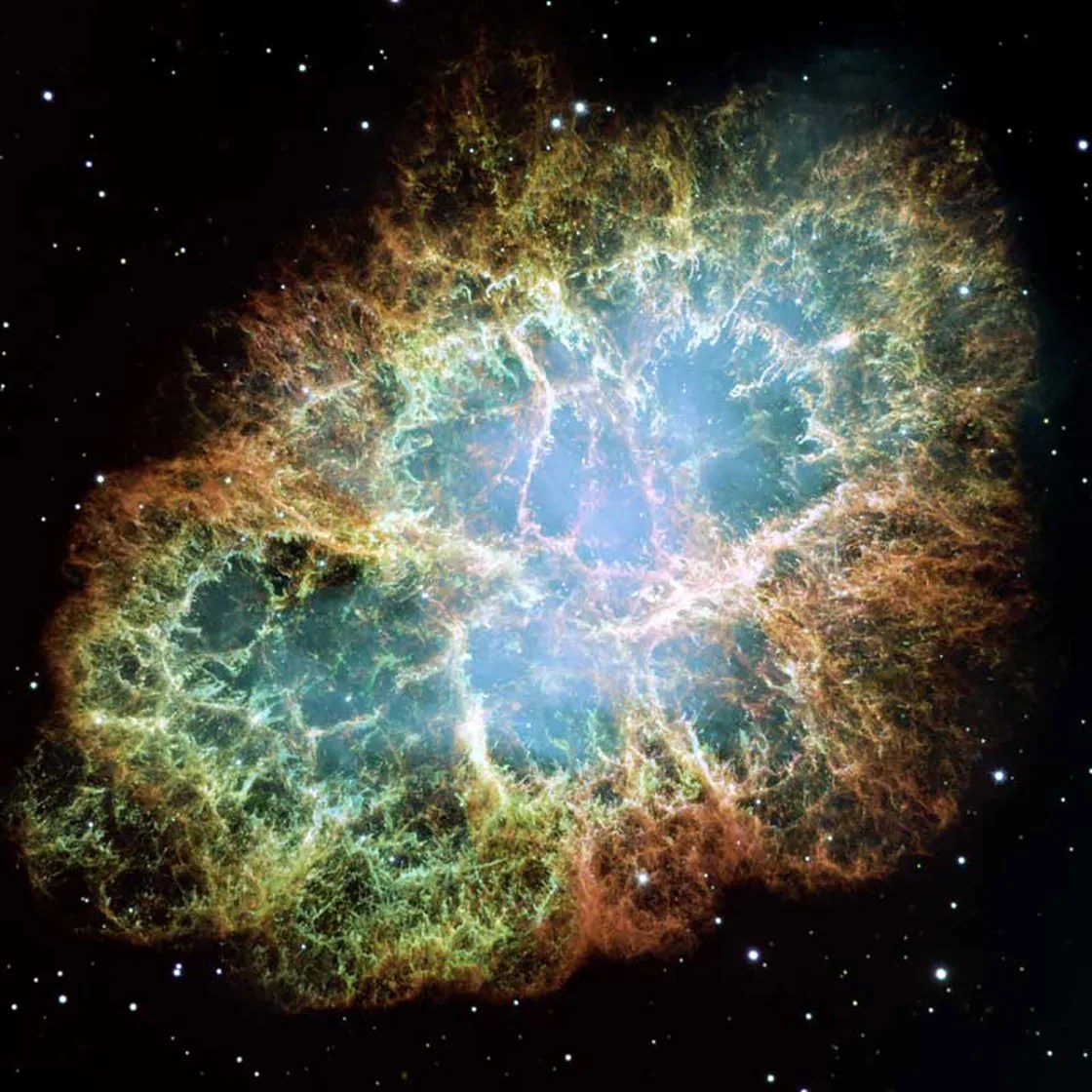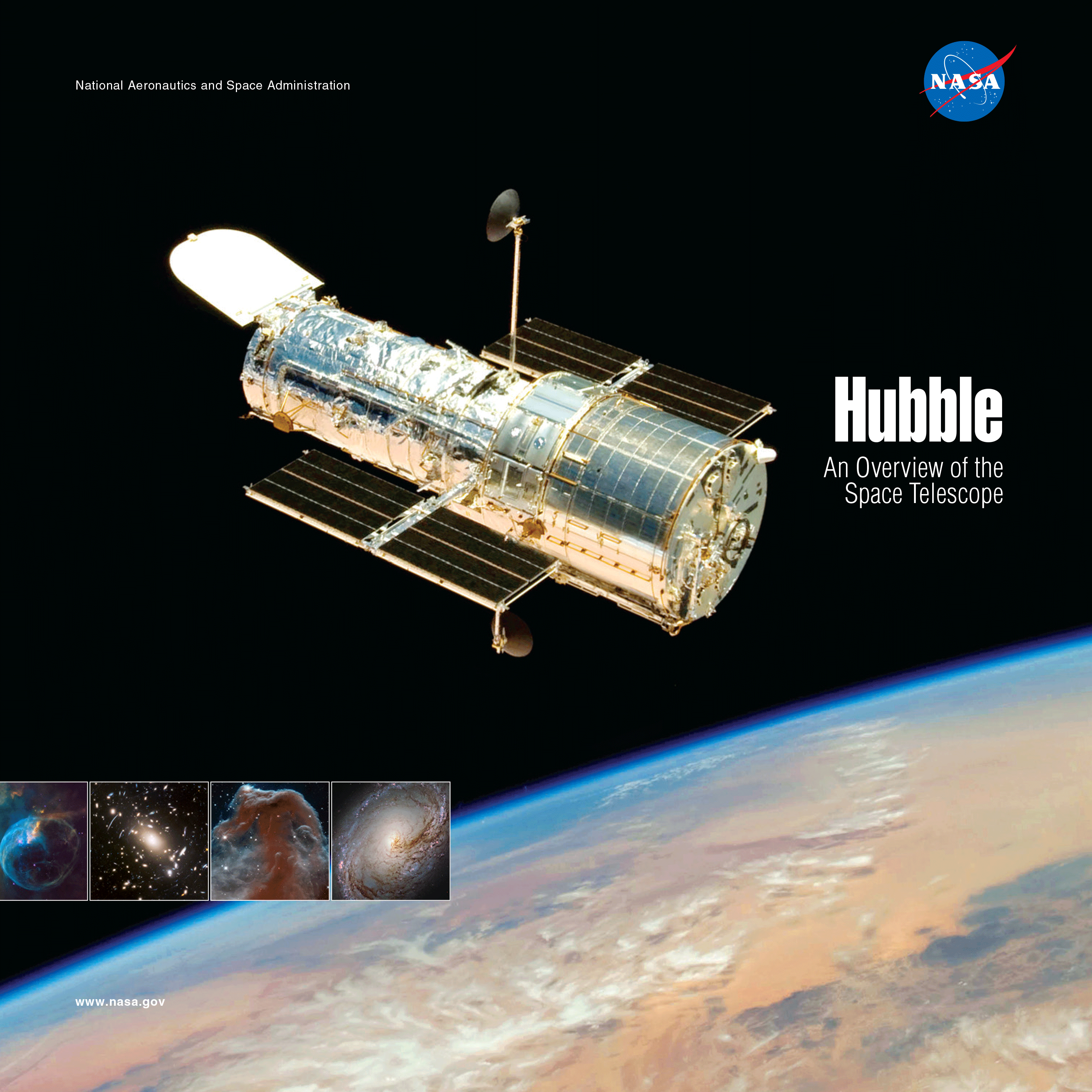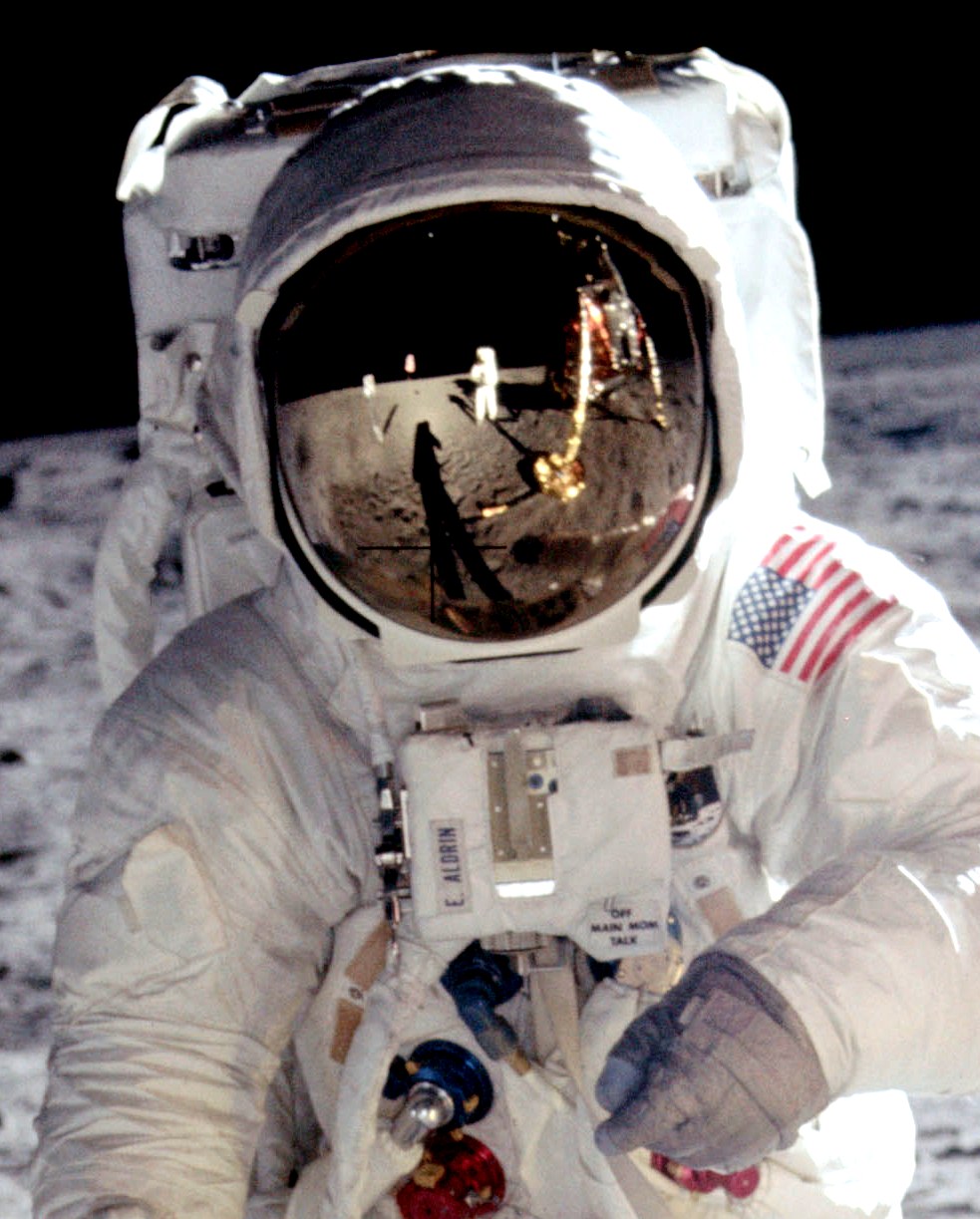Hubble Space Telescope
Since its 1990 launch, the Hubble Space Telescope has changed our fundamental understanding of the universe.
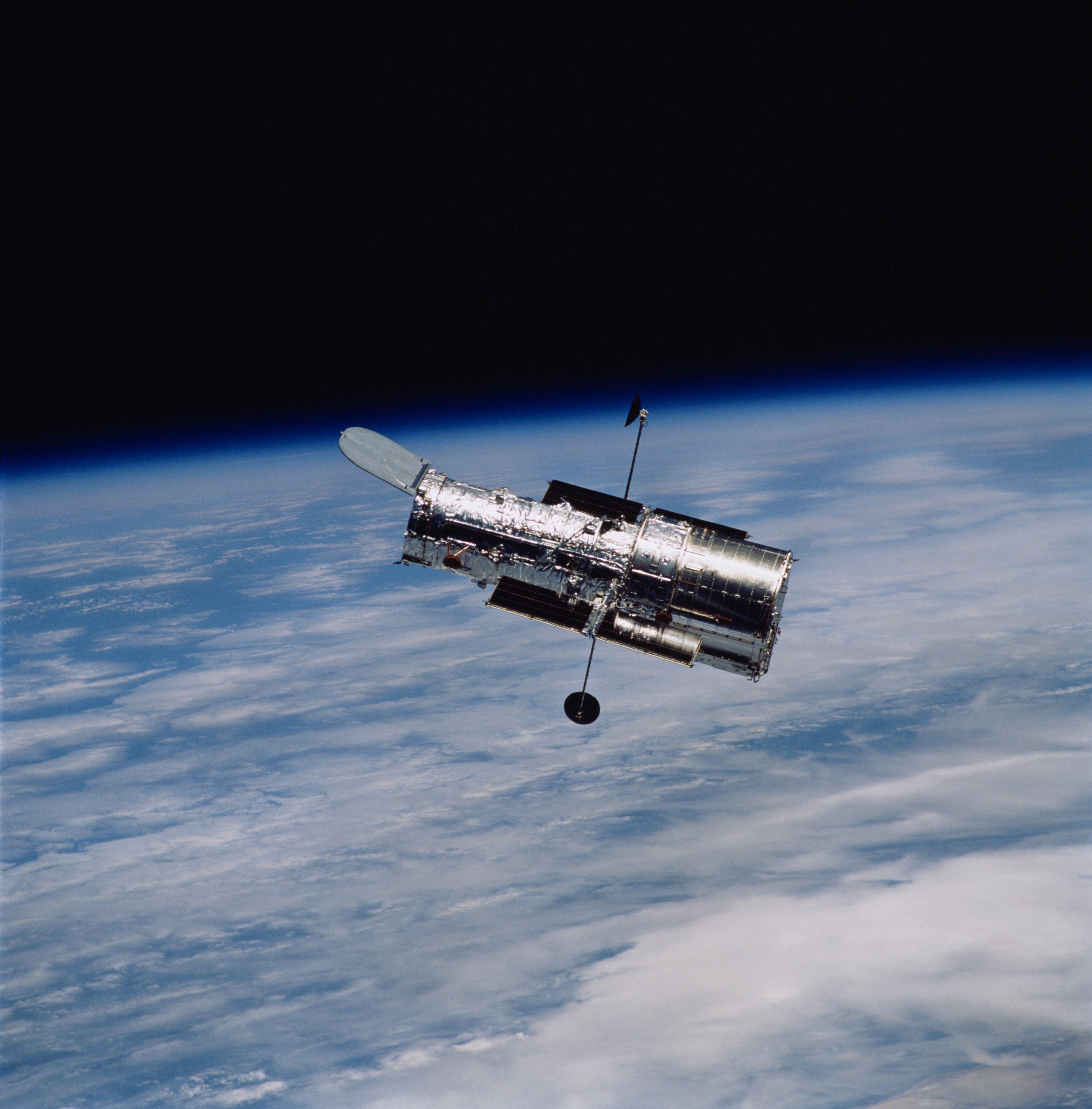
Highlights from Hubble's 34th Year in Orbit
Hubble celebrated its 34th year in orbit by premiering a stunning new Hubble image of the Little Dumbbell Nebula, an expanding shell of gas around an aging or dying star. After more than three decades, Hubble continues to uncover the mysteries of the universe. These are a few science achievements from Hubble’s latest year in orbit.
Latest News

Hubble Celebrates 34th Anniversary with a Look at the Little Dumbbell Nebula
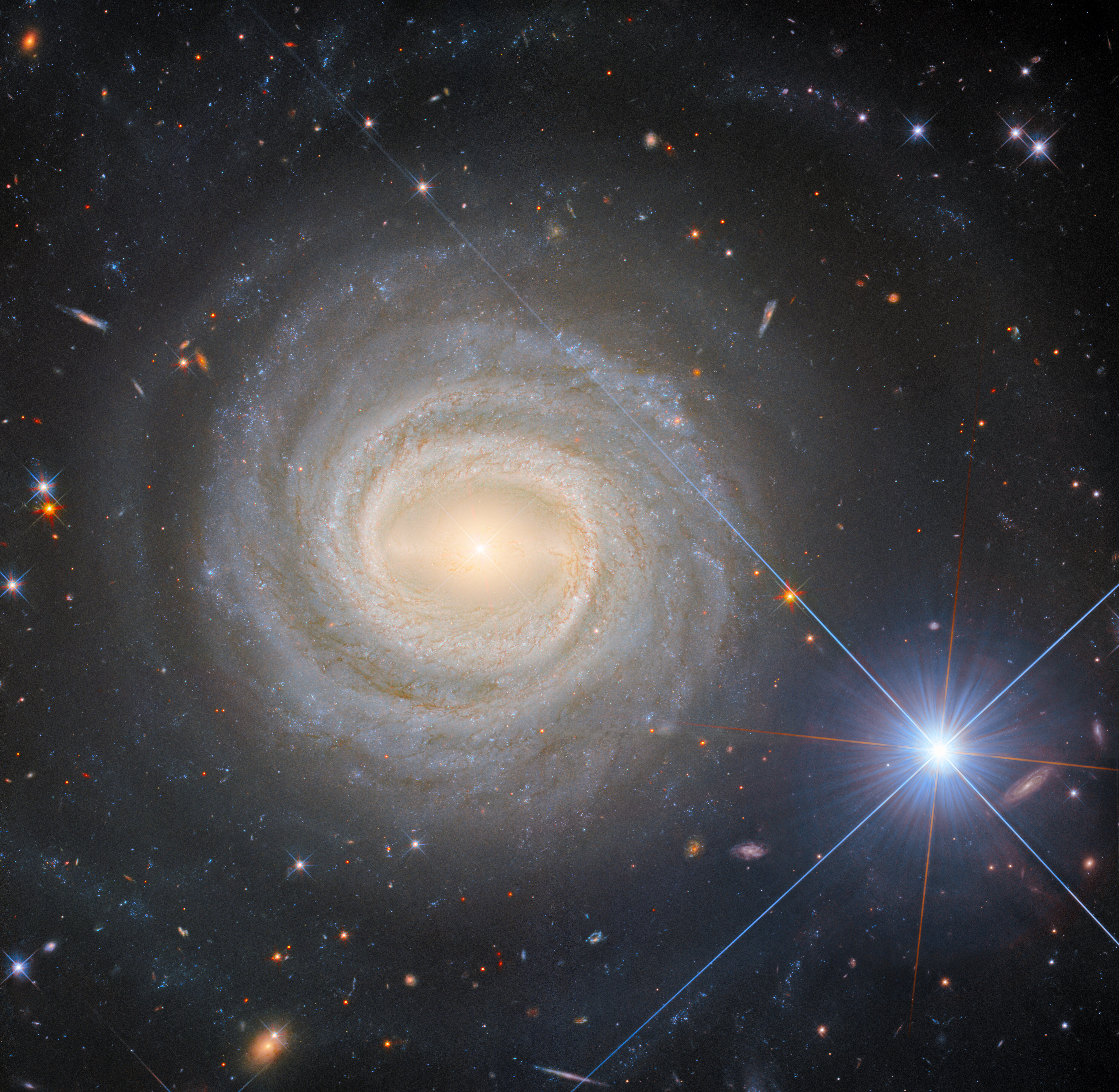
Hubble Captures a Bright Galactic and Stellar Duo
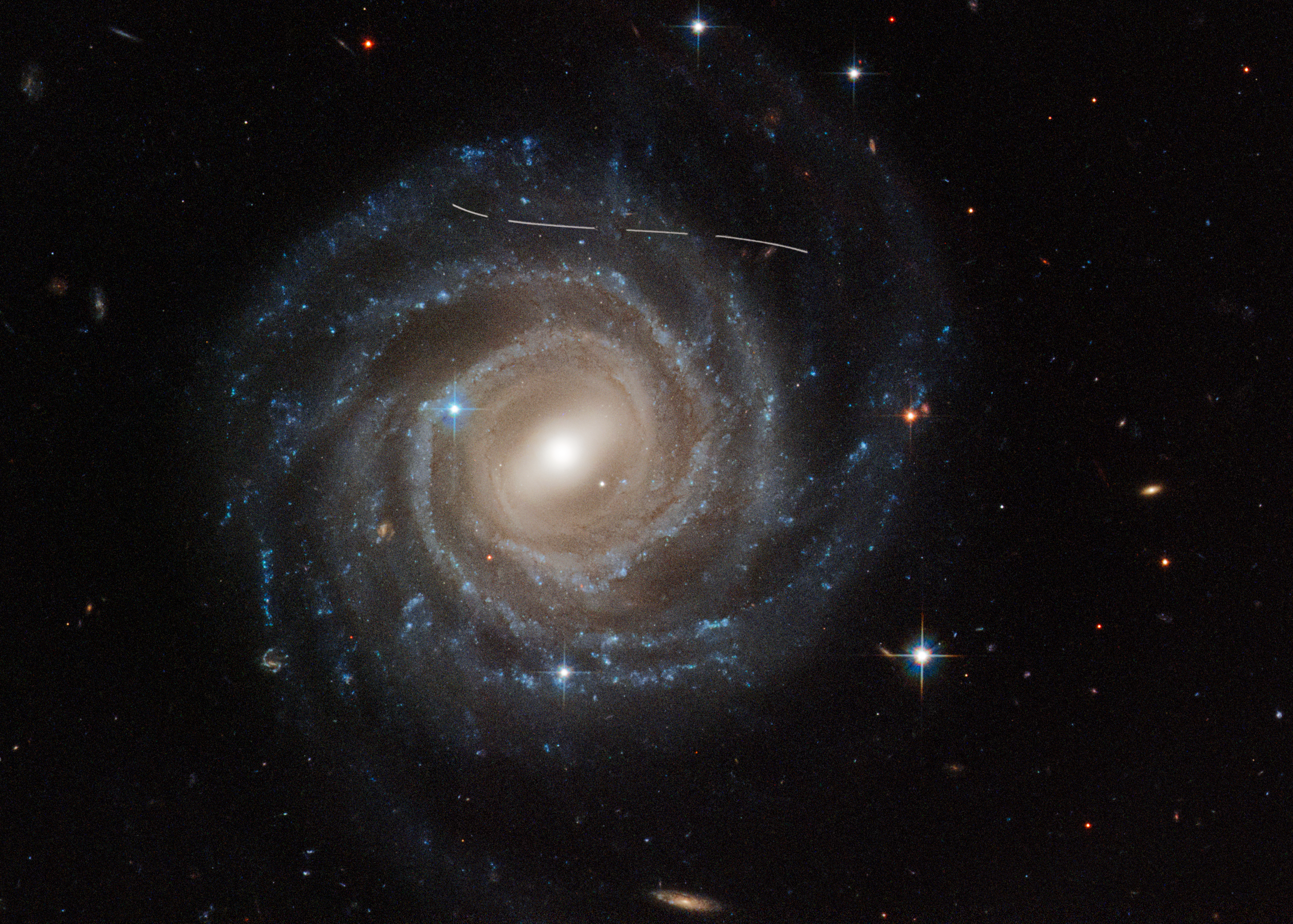
Hubble Goes Hunting for Small Main Belt Asteroids
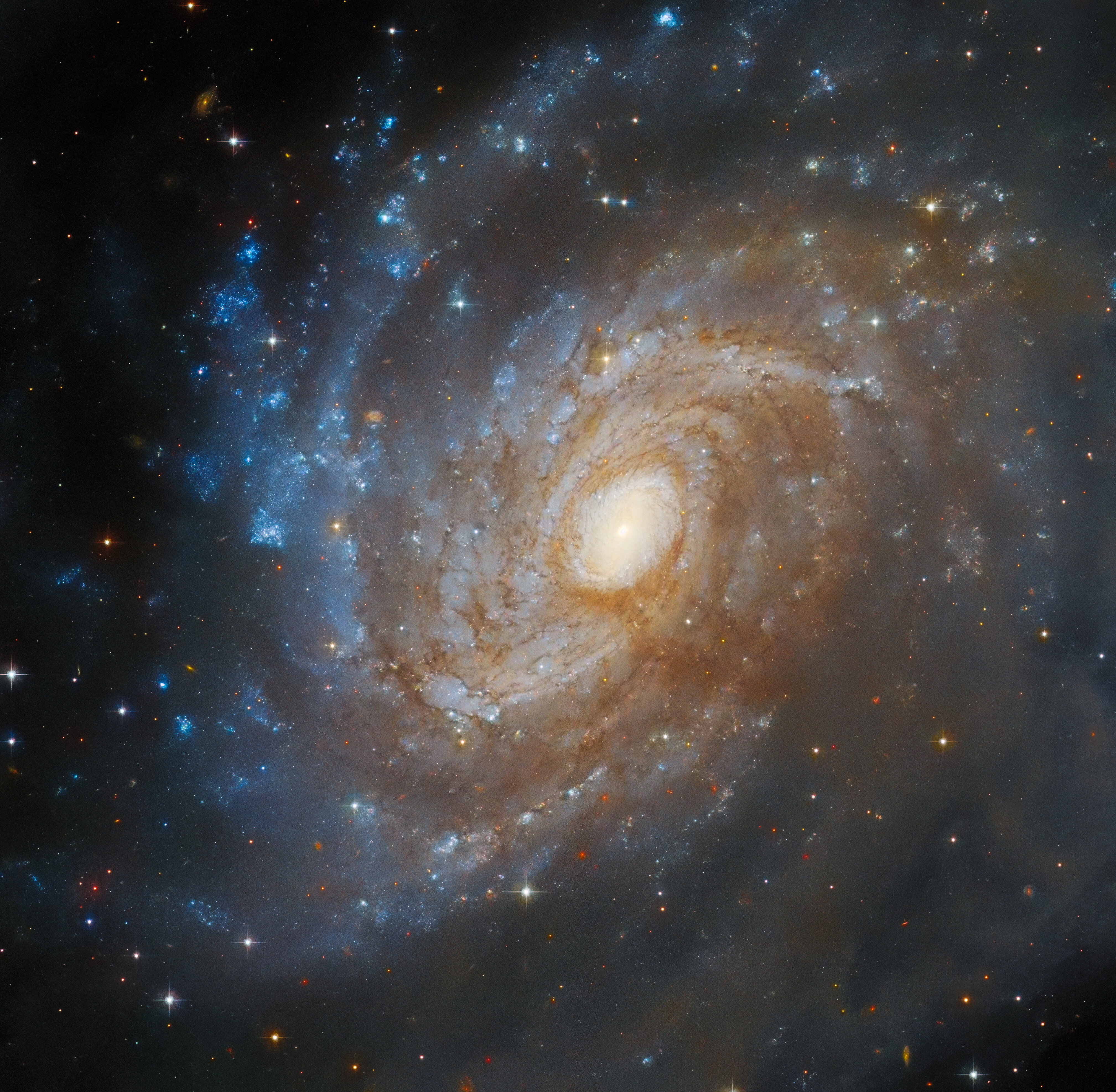
Hubble Spots a Galaxy Hidden in a Dark Cloud
NEW! Science E-Book
Hubble Focus: Dark Universe
This new e-book in the "Hubble Focus" series highlights the mission's recent discoveries about two mysterious components of our universe, known as dark energy and dark matter.
Read More and Download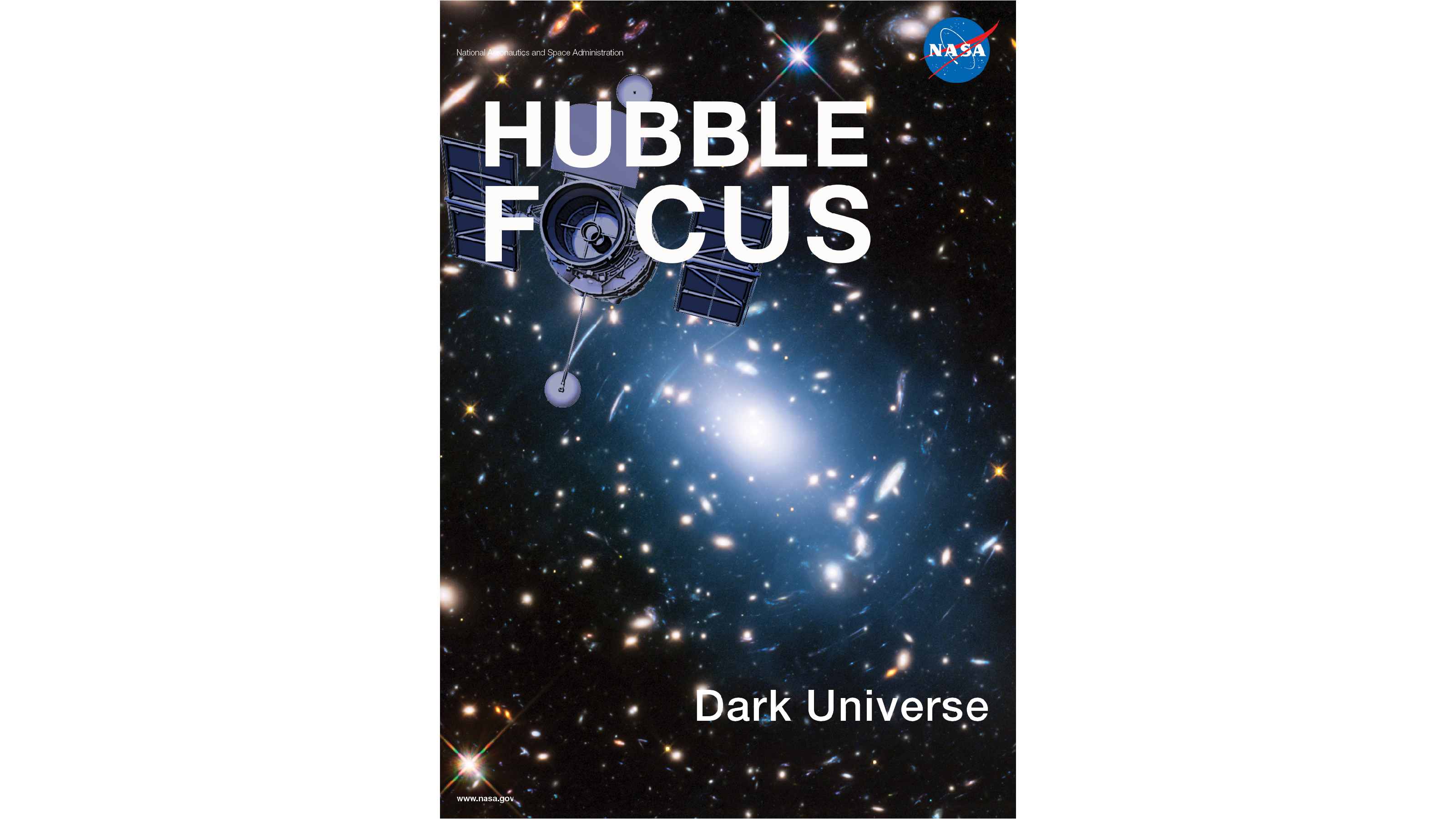
Hubble's Latest Features
What Did Hubble See on Your Birthday?
Hubble explores the universe 24 hours a day, 7 days a week. That means it has observed some fascinating cosmic wonder every day of the year, including on your birthday.
Check Out Your Birthday!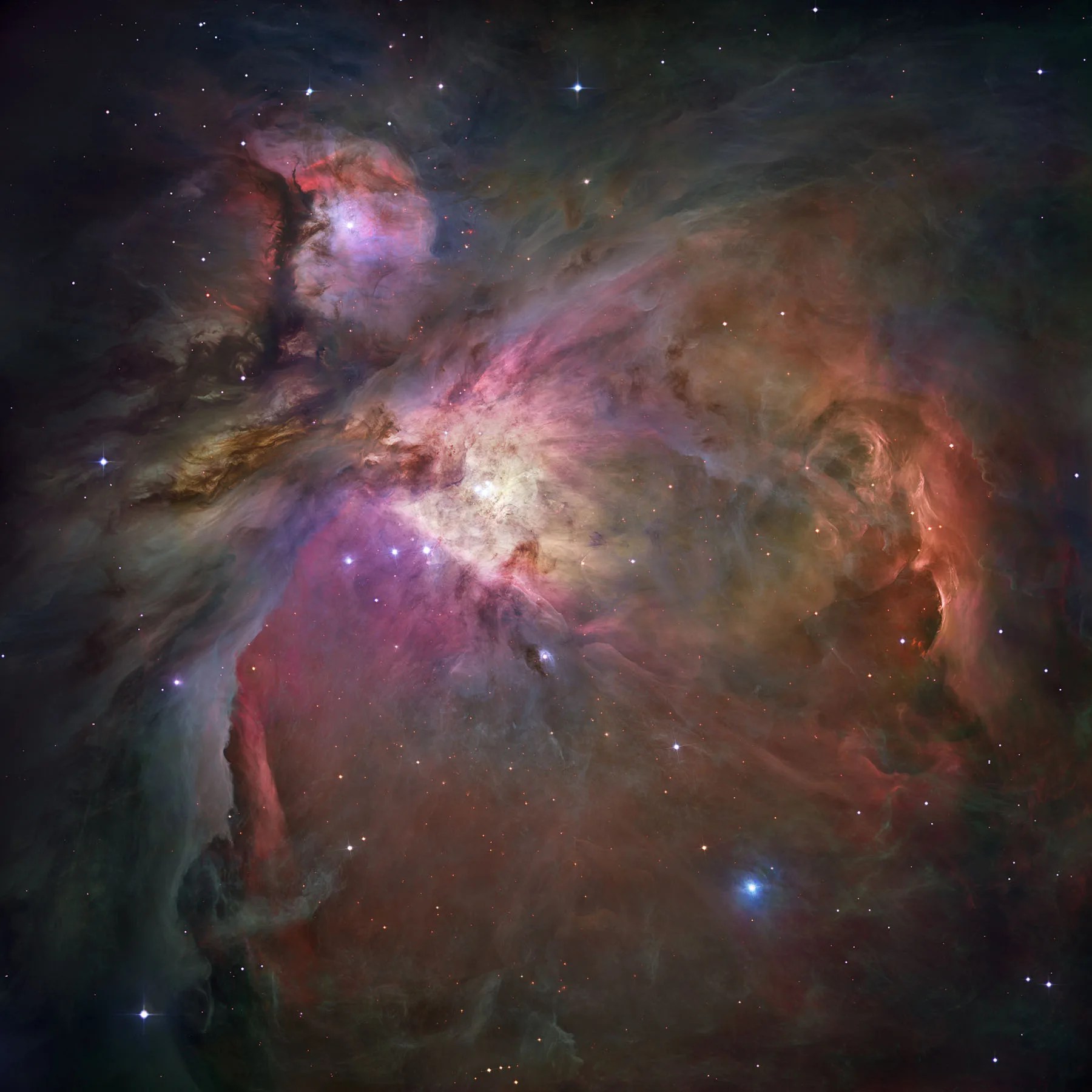
More Hubble Online Activities
A New View of the Universe
How did a telescope become a household name and change how we look at the cosmos forever?
With over 1.5 million observations and 20,000+ papers published on its discoveries, Hubble is the most productive science mission in the history of NASA. Yet the story of Hubble’s success starts before NASA even existed. It includes adversity, human ingenuity, heroic spacewalks, risk taking, and discovery. Learn the background of one NASA’s most famous missions.
Learn More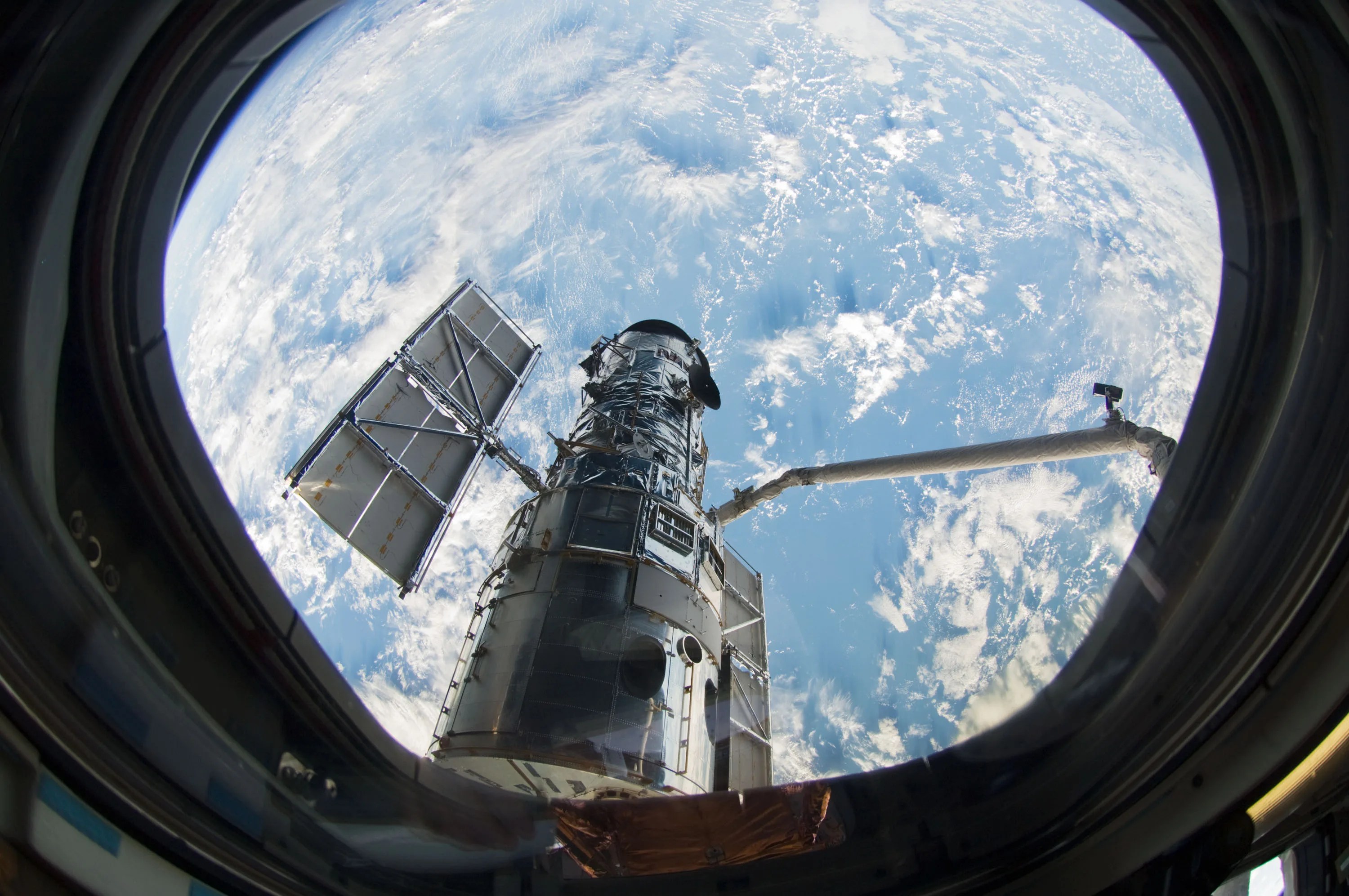
Science, Technology, Culture: Hubble's Growing Legacy
From cultural touchstone to technological influencer, Hubble has left its mark on Earth
Hubble science has rewritten astronomy textbooks as its discoveries continually provide deeper explanations of astronomical objects and unveil new phenomena. But science isn’t the only way Hubble has impacted our world. From image detectors that are now used in the fight against breast cancer to science images that are used in Hollywood blockbuster movies, Hubble is embedded in our everyday lives and pop culture.
Learn More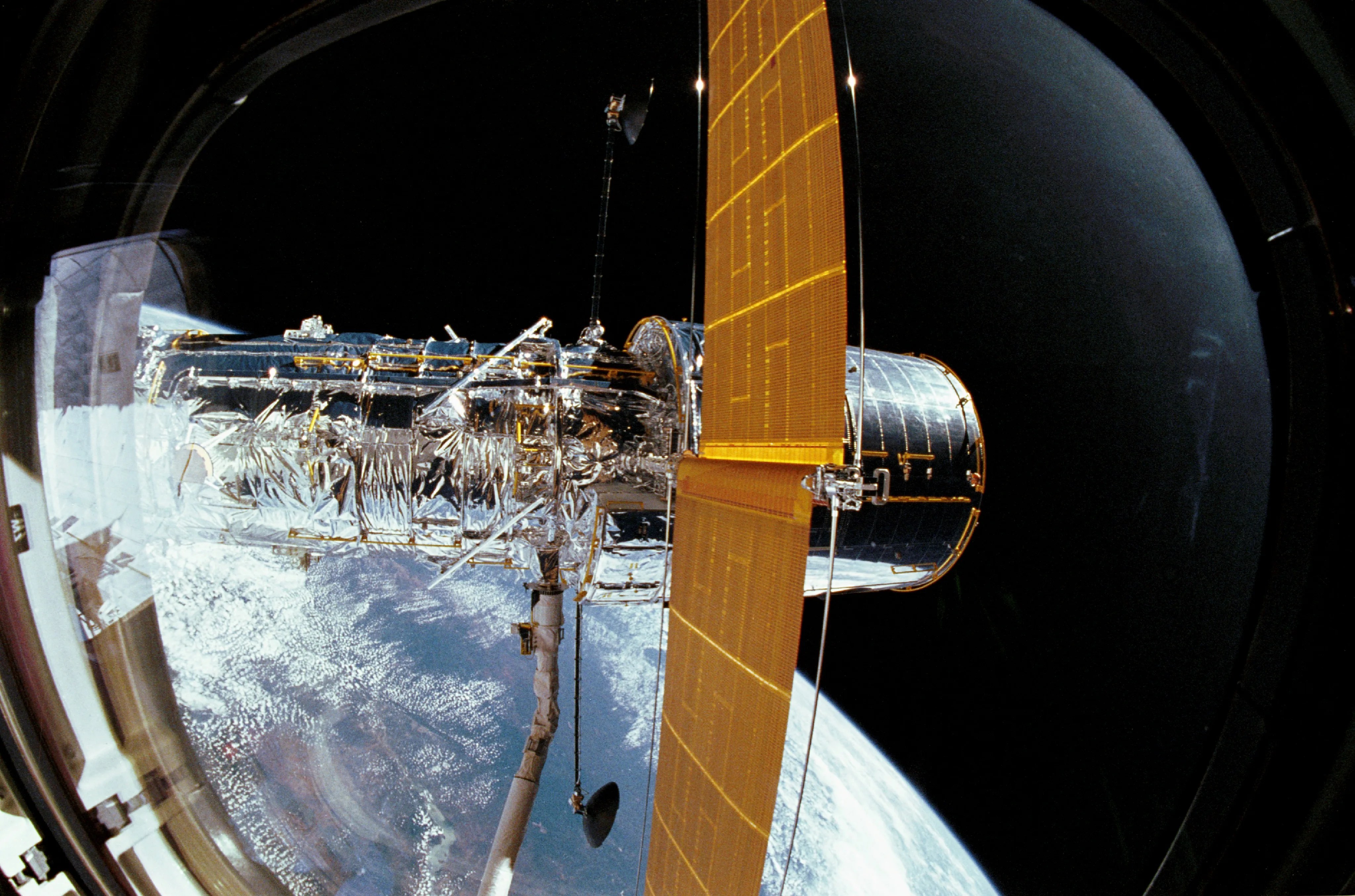
Discovering the Unimagined
Hubble has not only furthered our knowledge of the known universe, it's shocked the astronomical world with never-before-seen phenomena.
When Hubble was launched, no planets around other stars had been discovered, Pluto had only one known moon, and dark energy was not even a concept. With over three decades of observations, Hubble has changed humanity’s understanding of the universe. We now know that black holes exist at the center of almost all galaxies, Jupiter’s massive storm – the Great Red spot – is now shrinking, light can echo just like sound, and the universe is expanding at an accelerating rate. Learn about Hubble’s great discoveries, understand the basics behind Hubble’s scientific capabilities, and explore its incredible images of the cosmos.
Learn More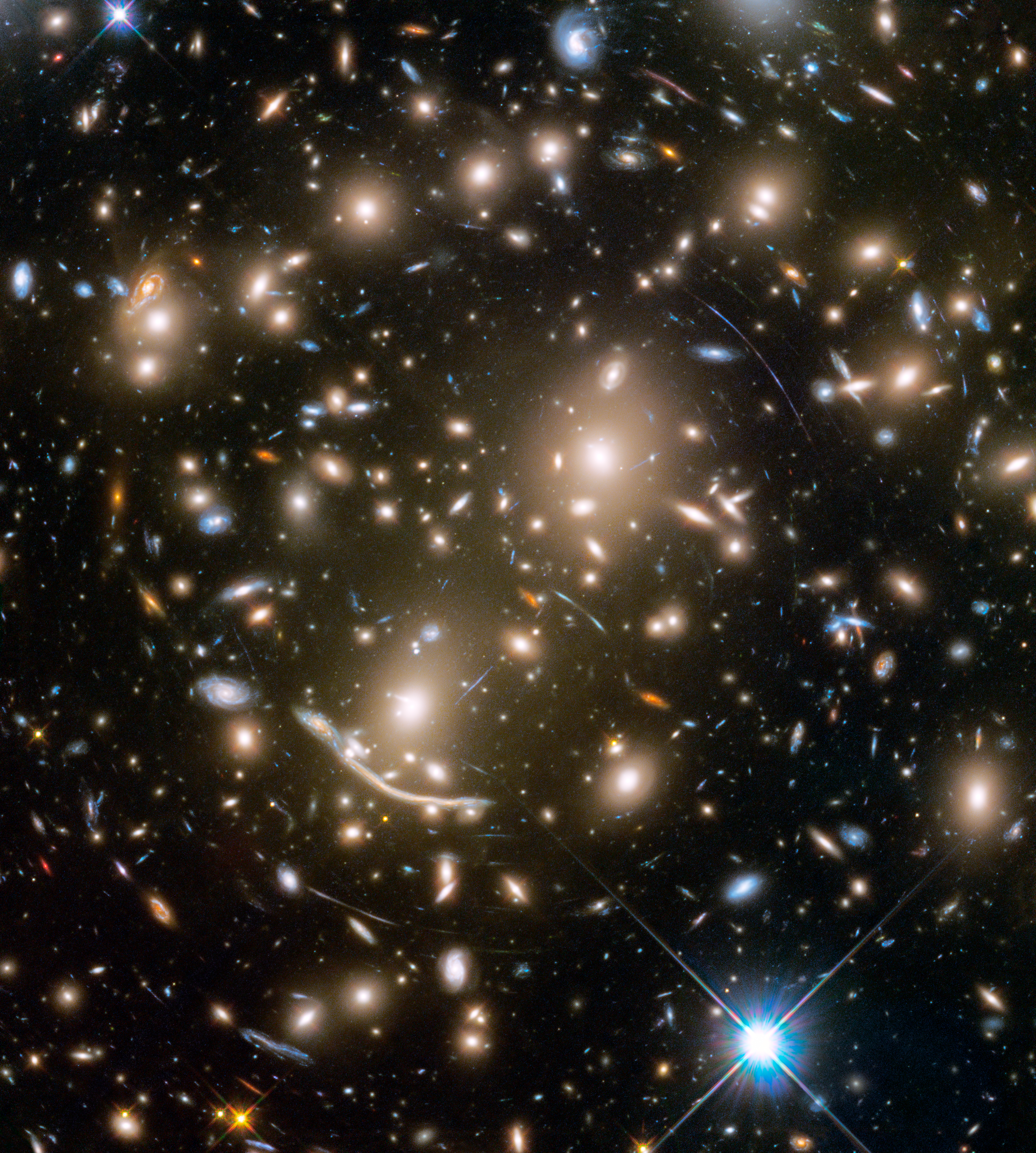
An Observatory for the Ages
Even after three decades in the harsh environment of space, Hubble is still at the peak of its scientific capability
Designed and built in the 1970’s and 1980’s, Hubble has far surpassed its 15-year life expectancy and produced science never thought possible at the time of its launch. Learn about Hubble’s unique design, the human spaceflight missions that have extended its life, and the ground operations that keep it as productive as ever.
Learn More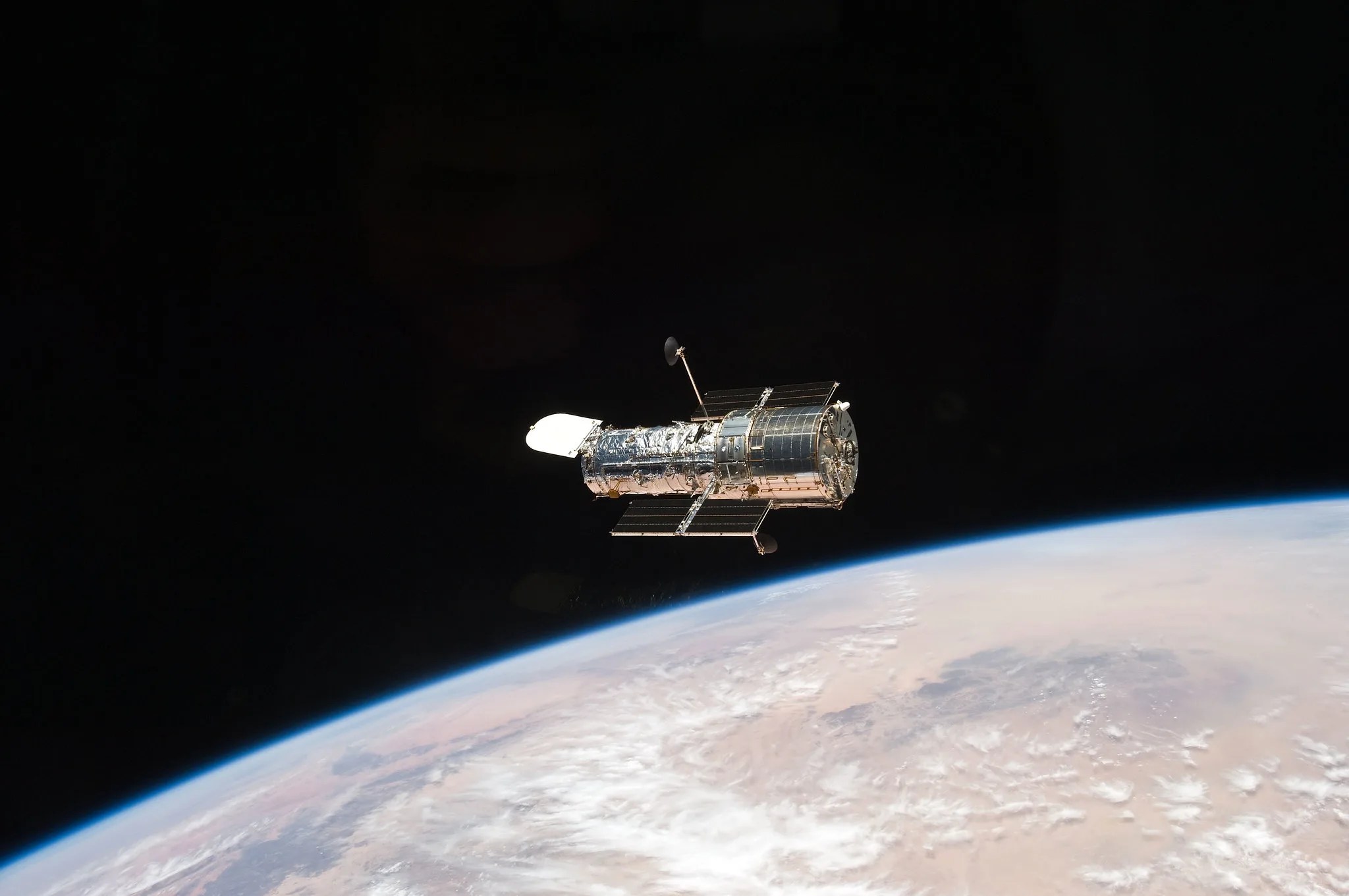
New Image
Hubble Sees New Star Proclaiming Presence with Cosmic Lightshow
Hubble releases a new image of FS Tau, a multi-star system made up of young and newly-forming stars. The two most prominent stars are FS Tau A, the bright star-like object with four bright diffraction spikes near the bottom of the image, and FS Tau B (Haro 6-5B), the bright object to the far right obscured by a dark, vertical lane of dust.
Learn More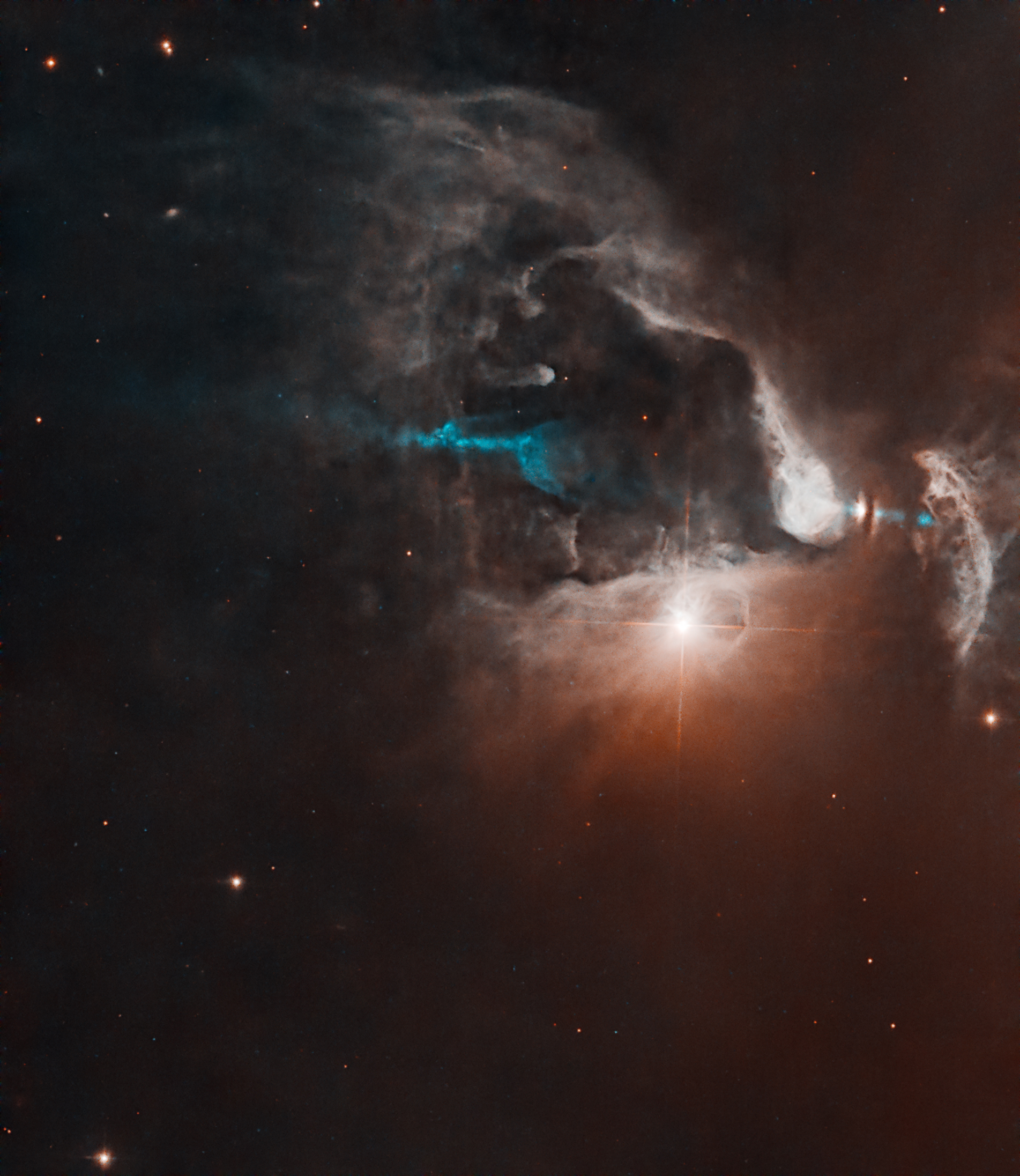
Hubble’s Universe
Hubble Images

